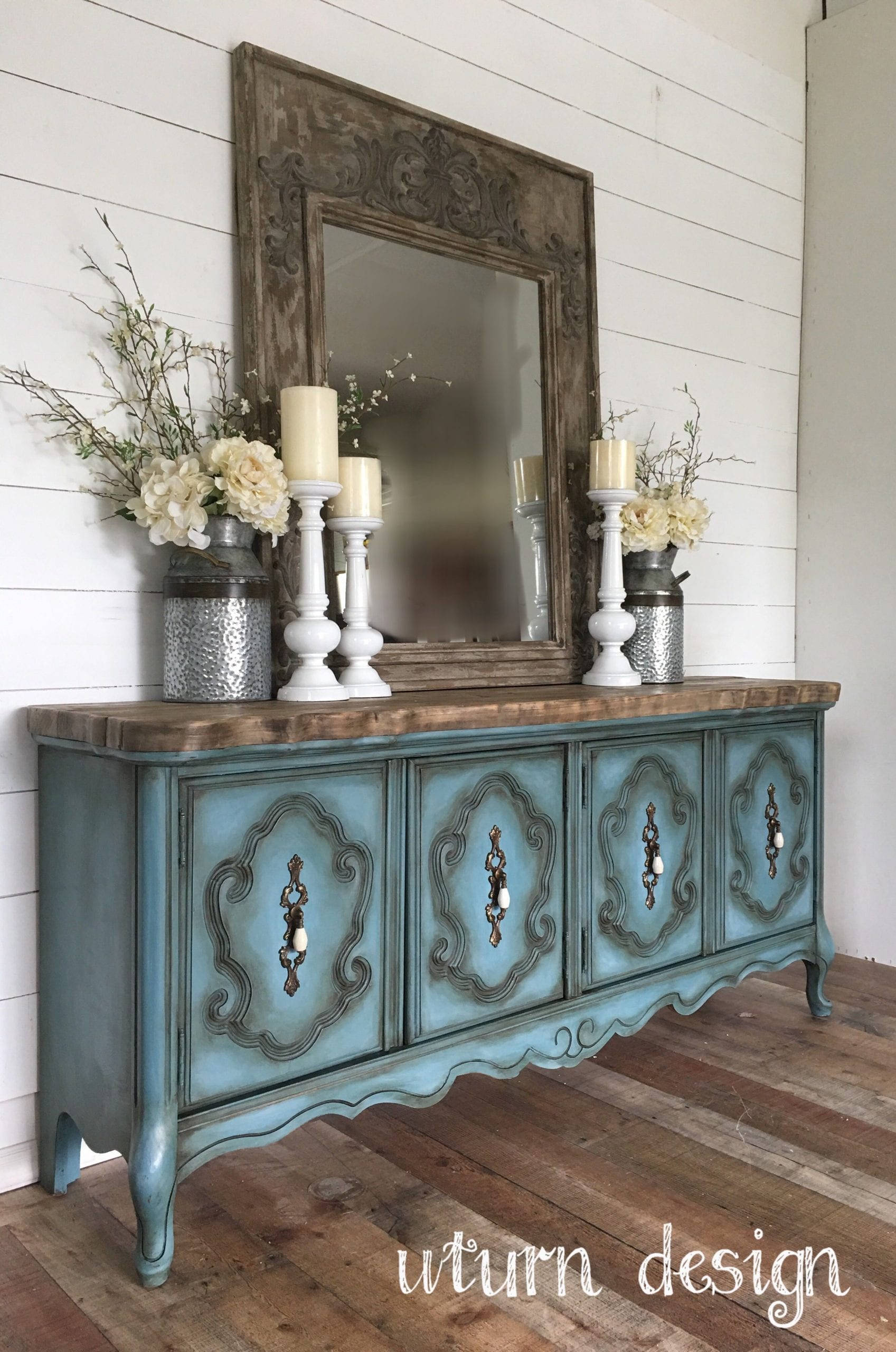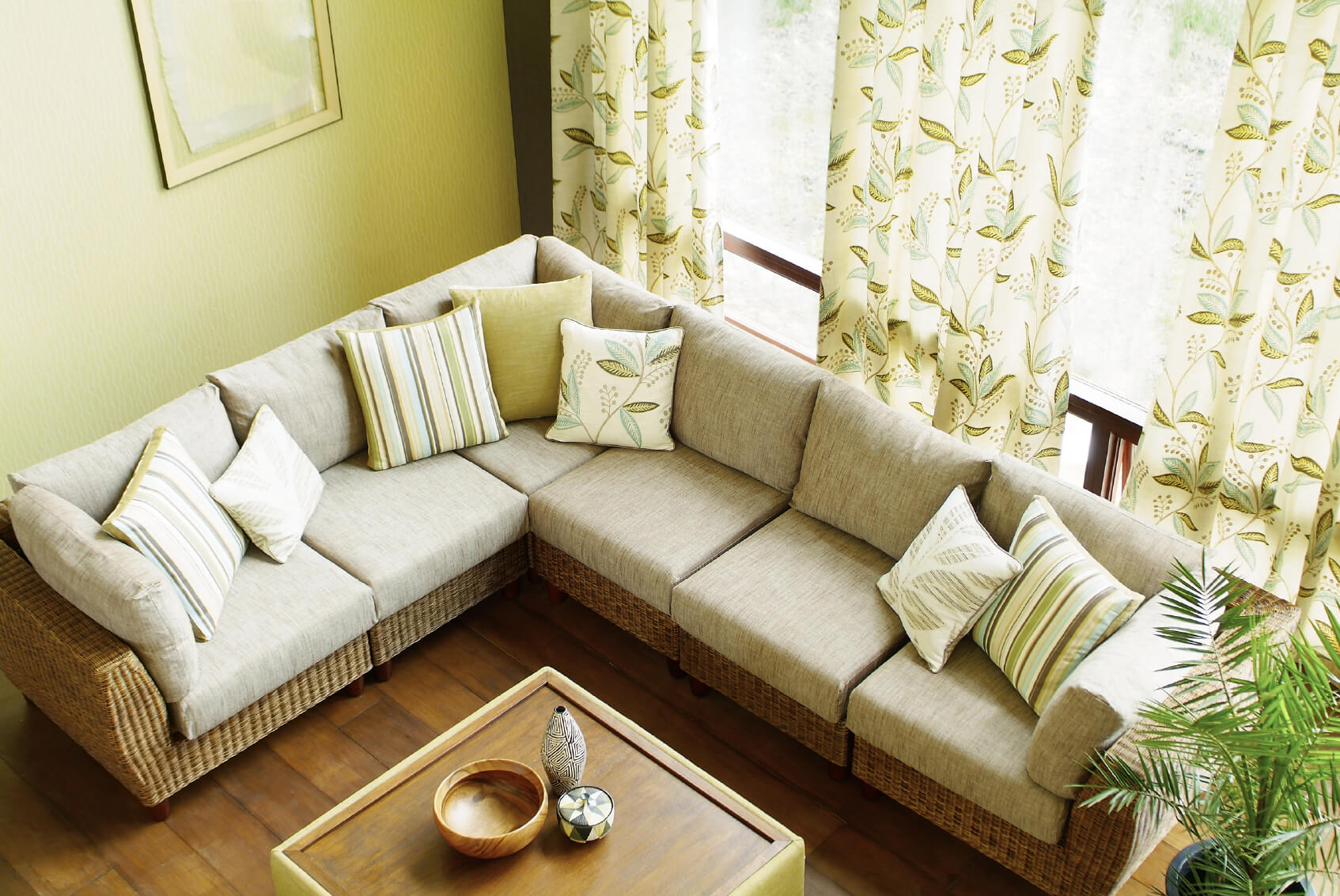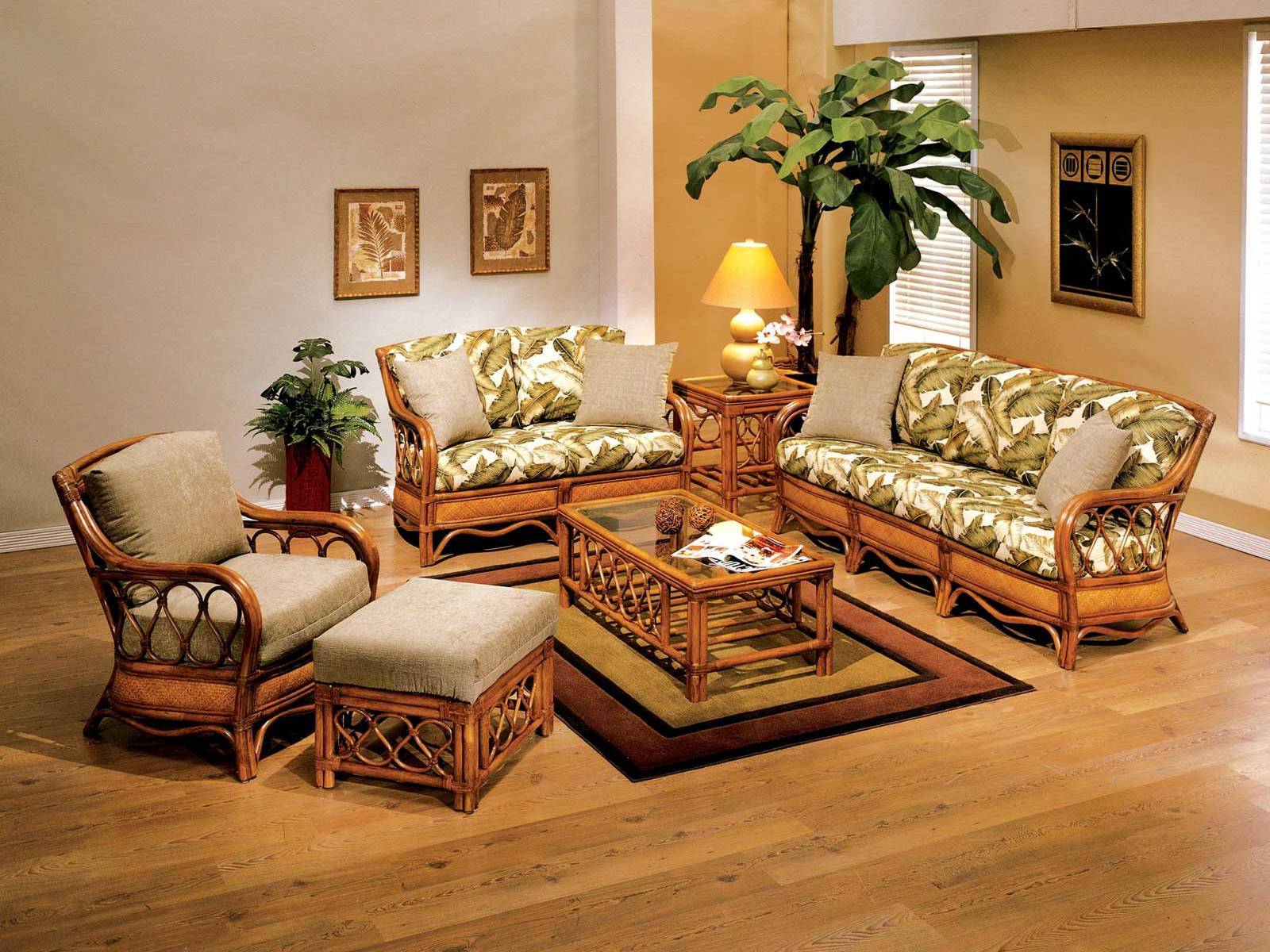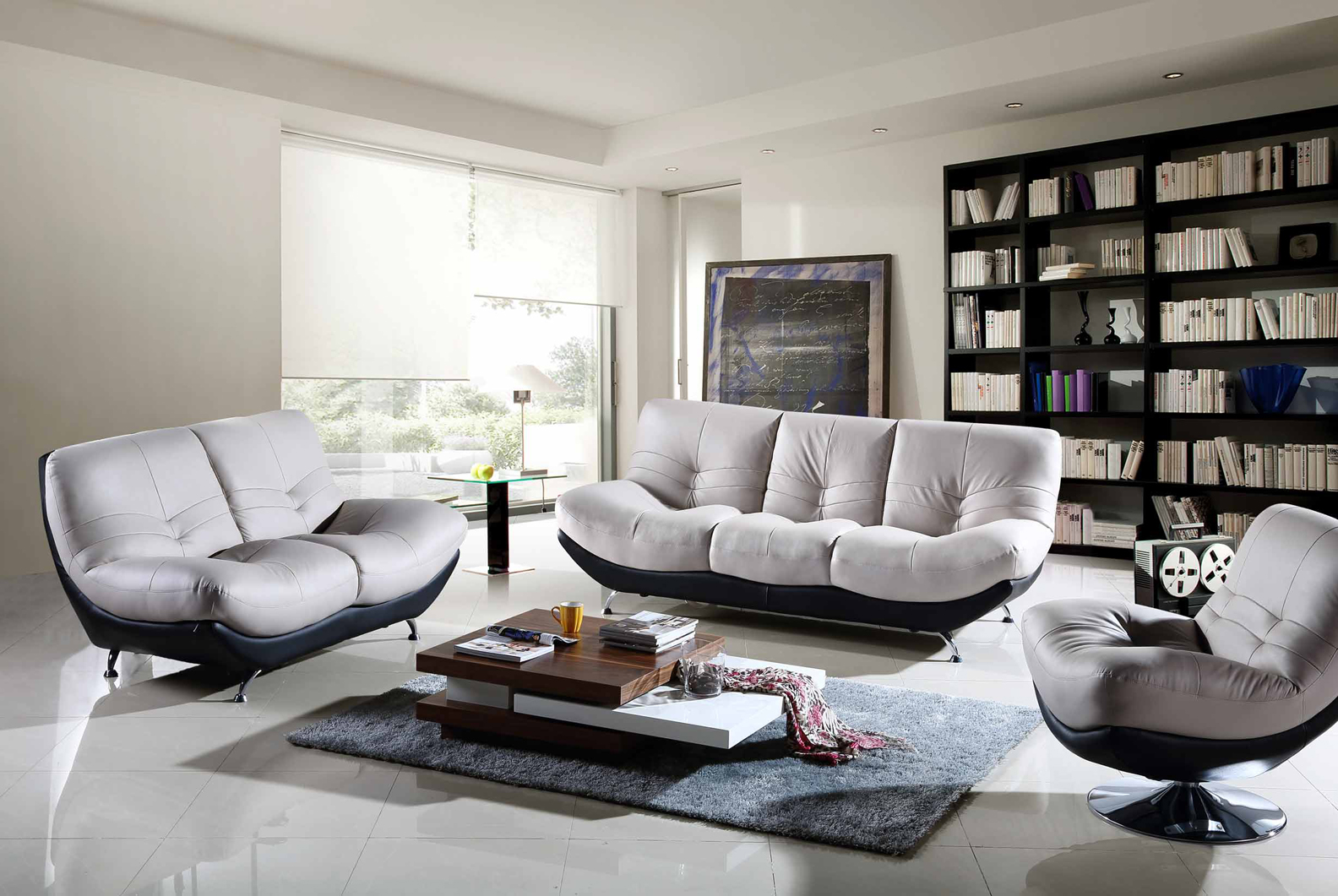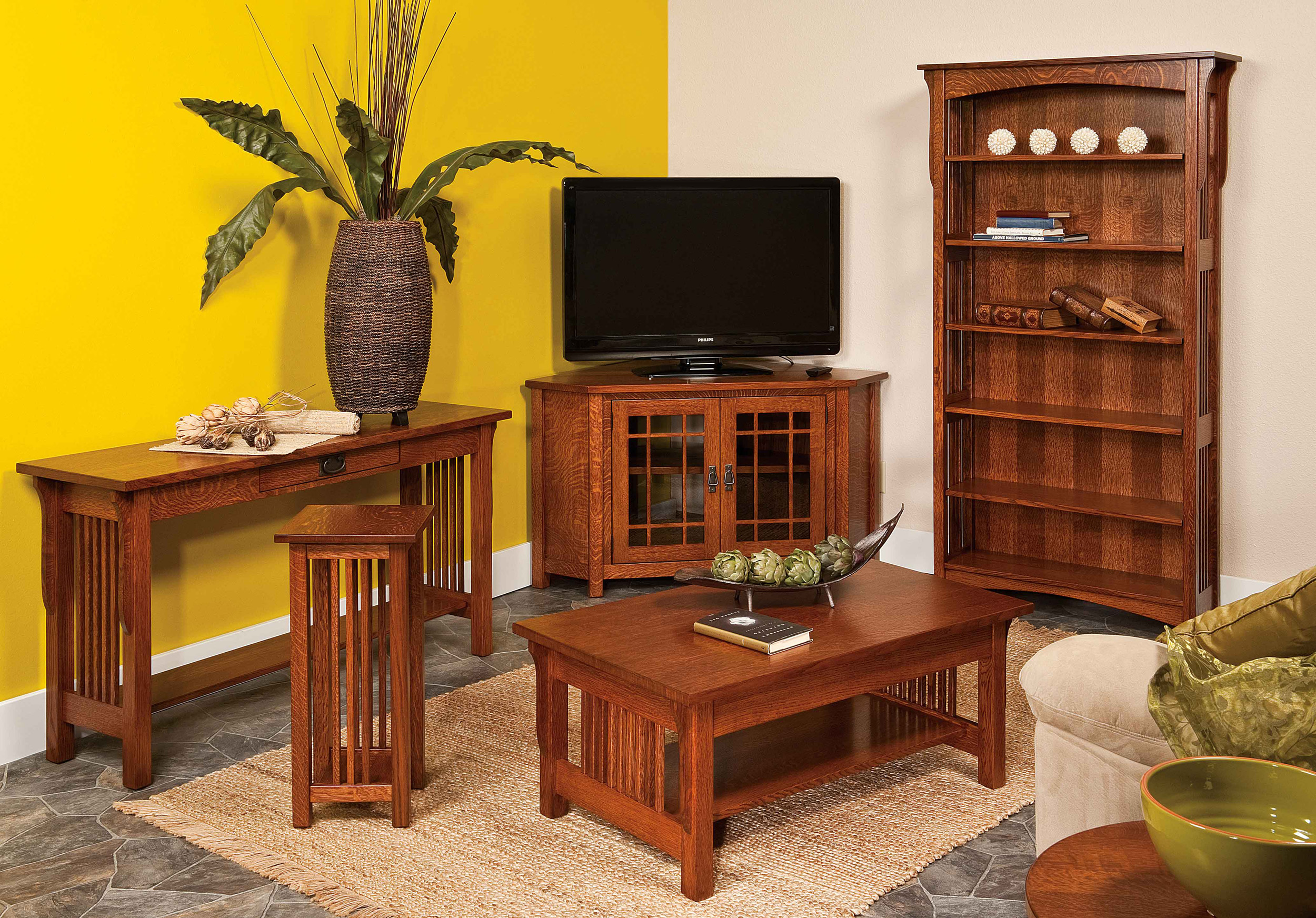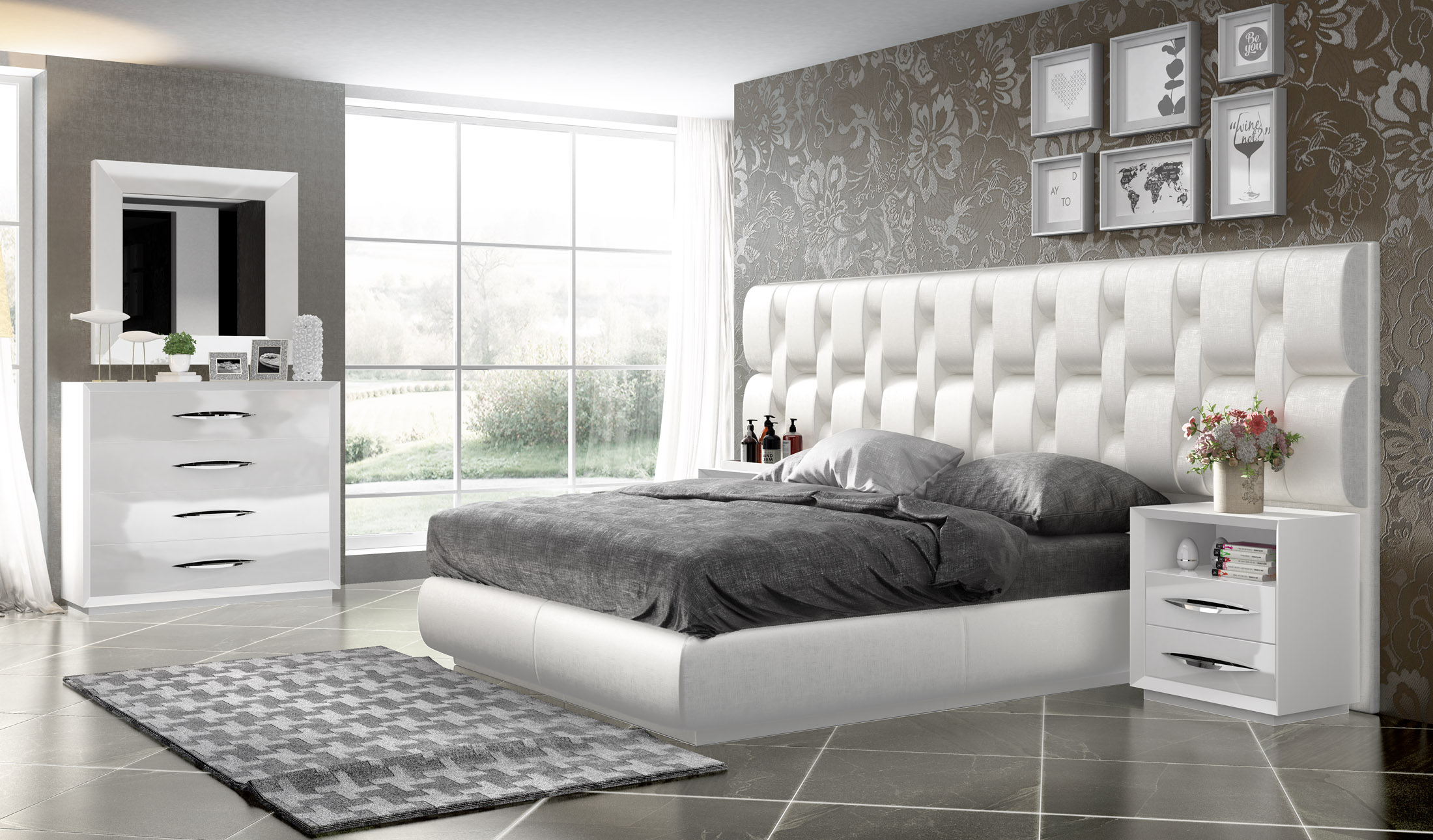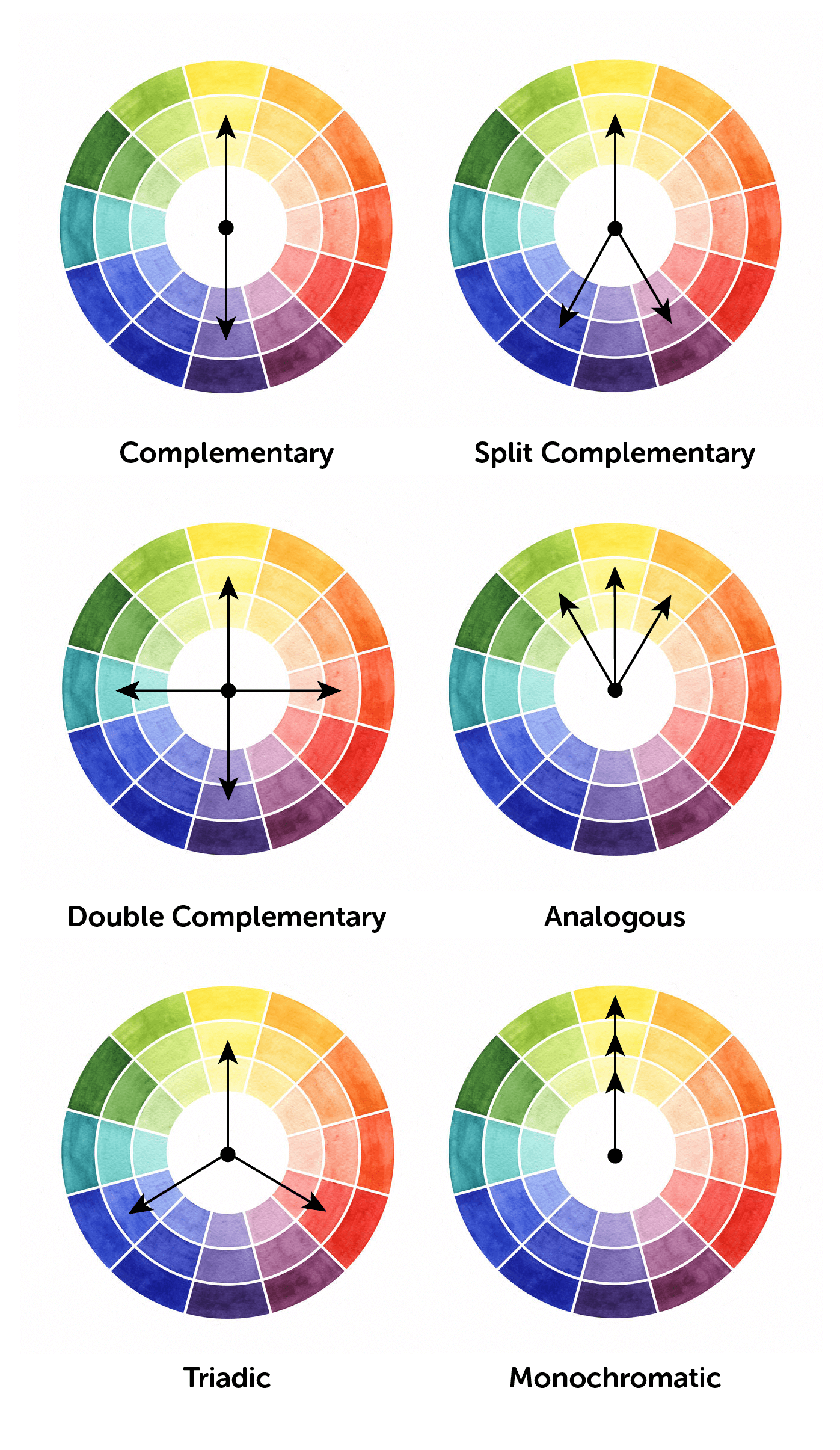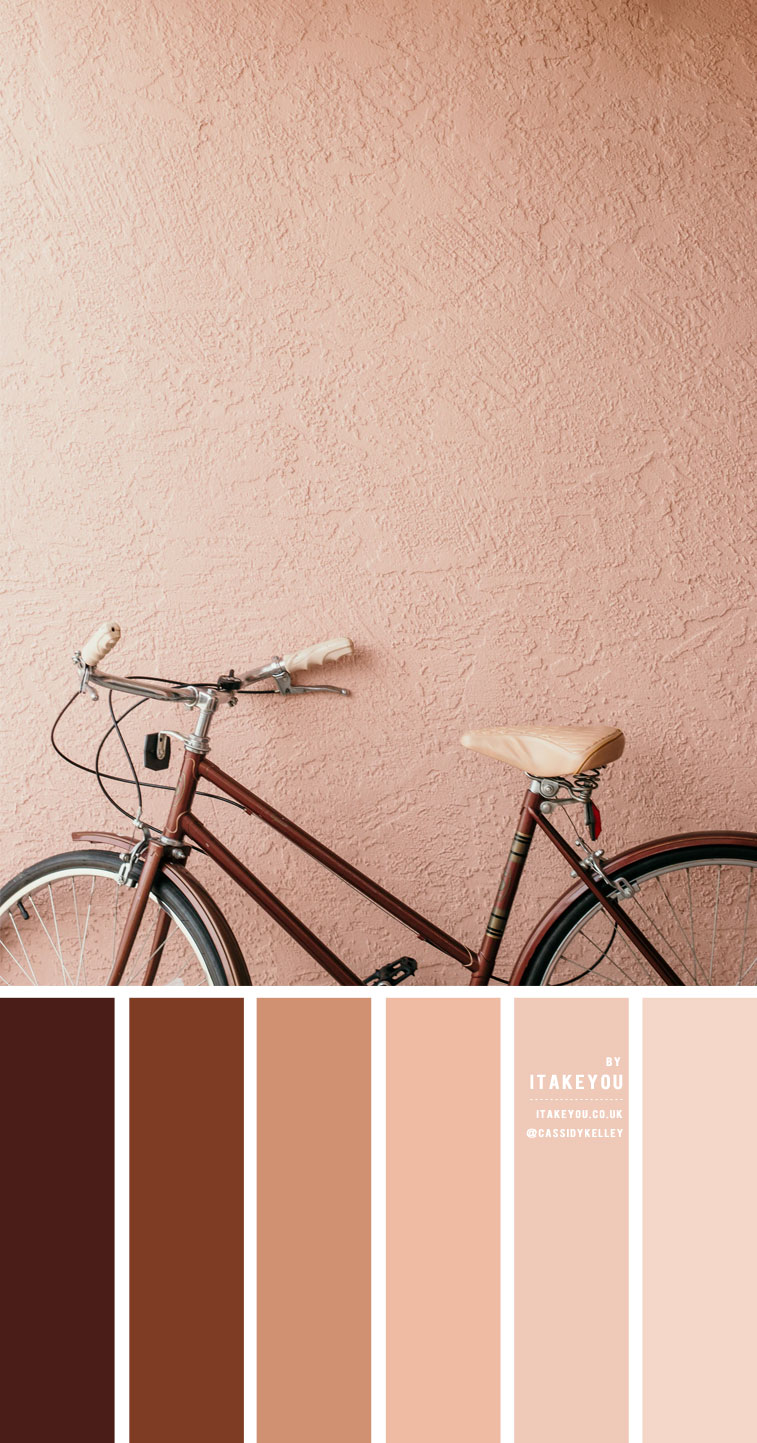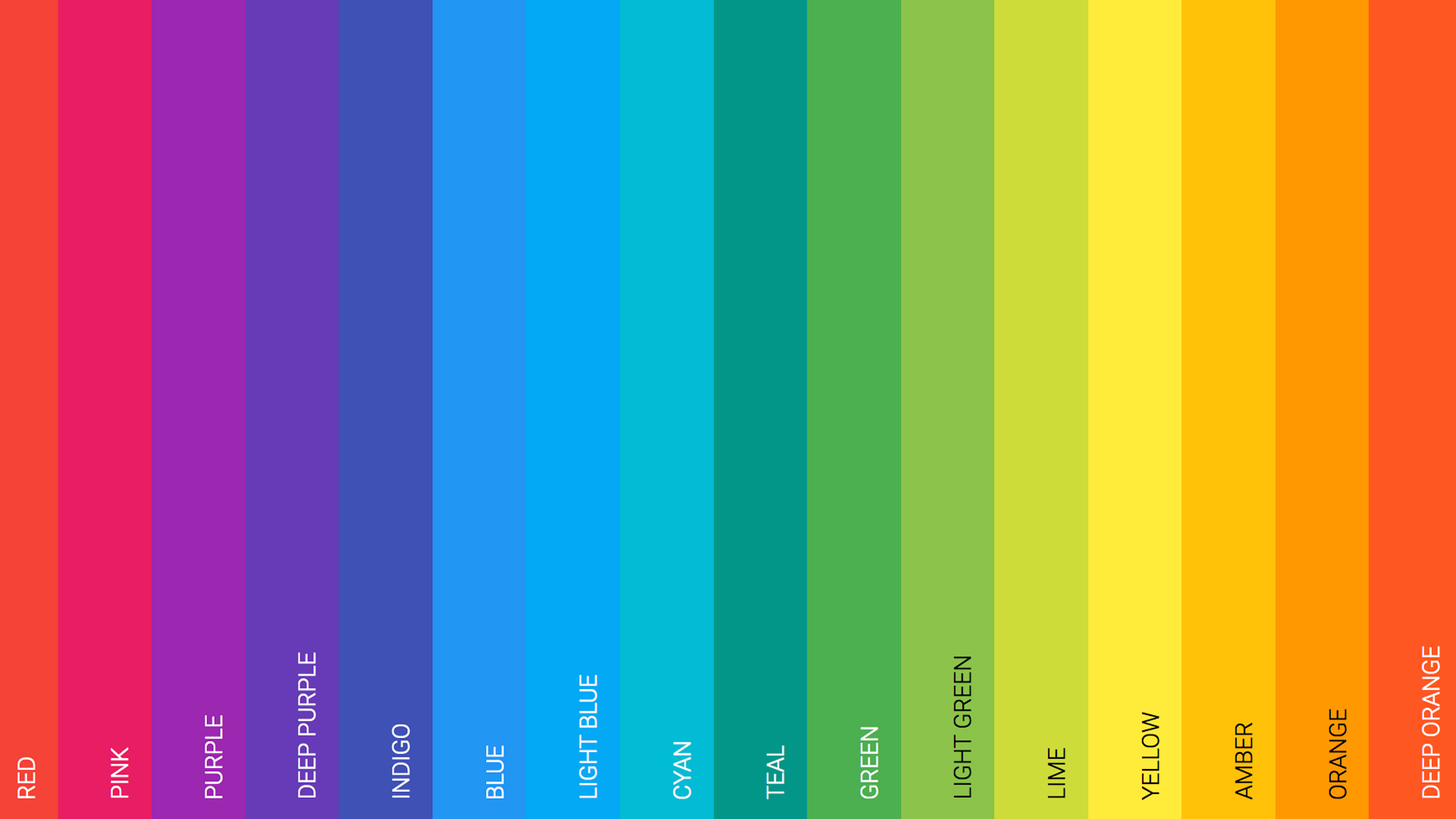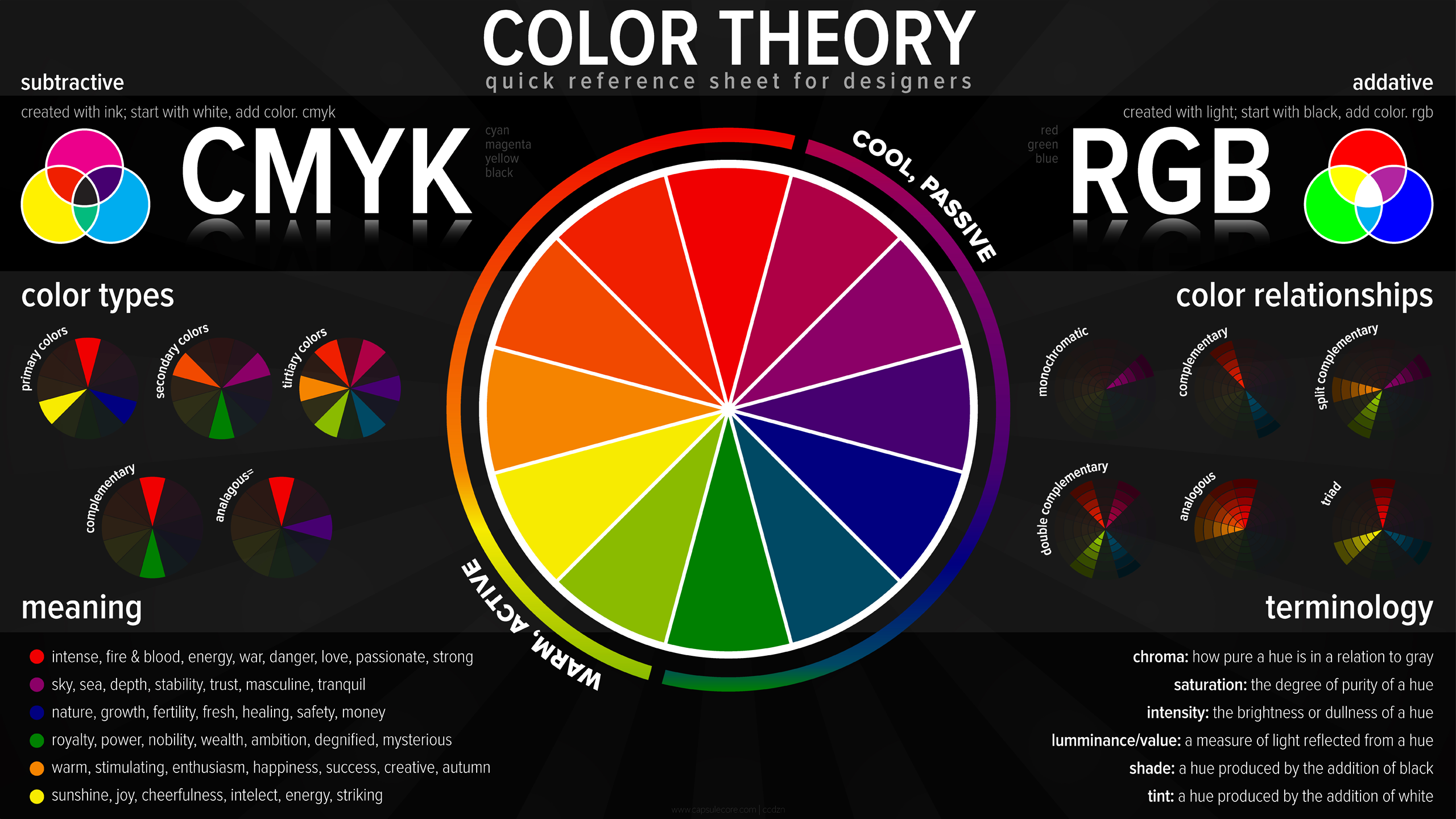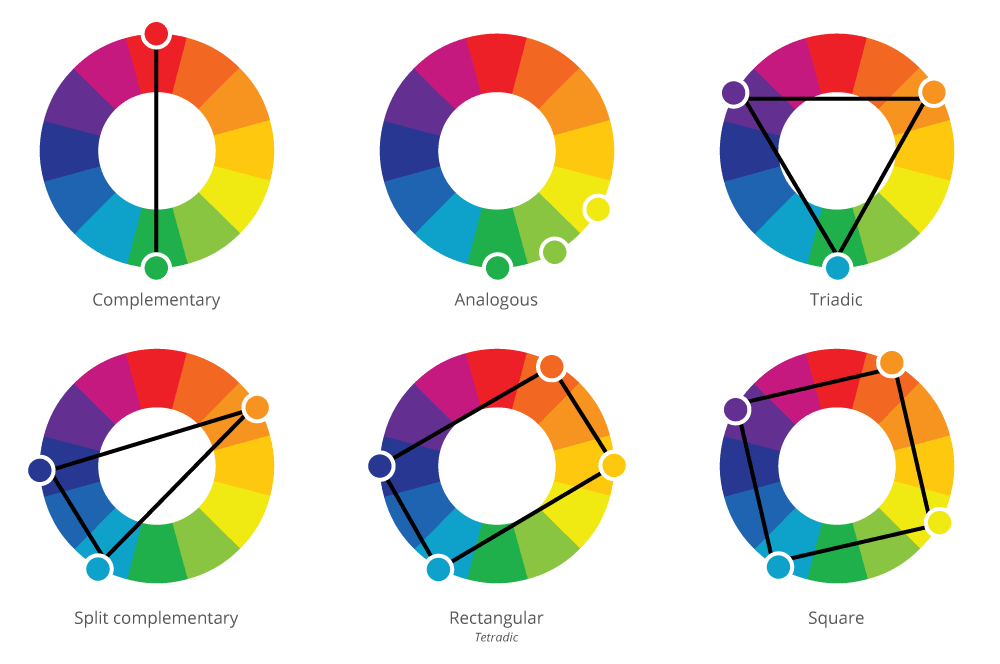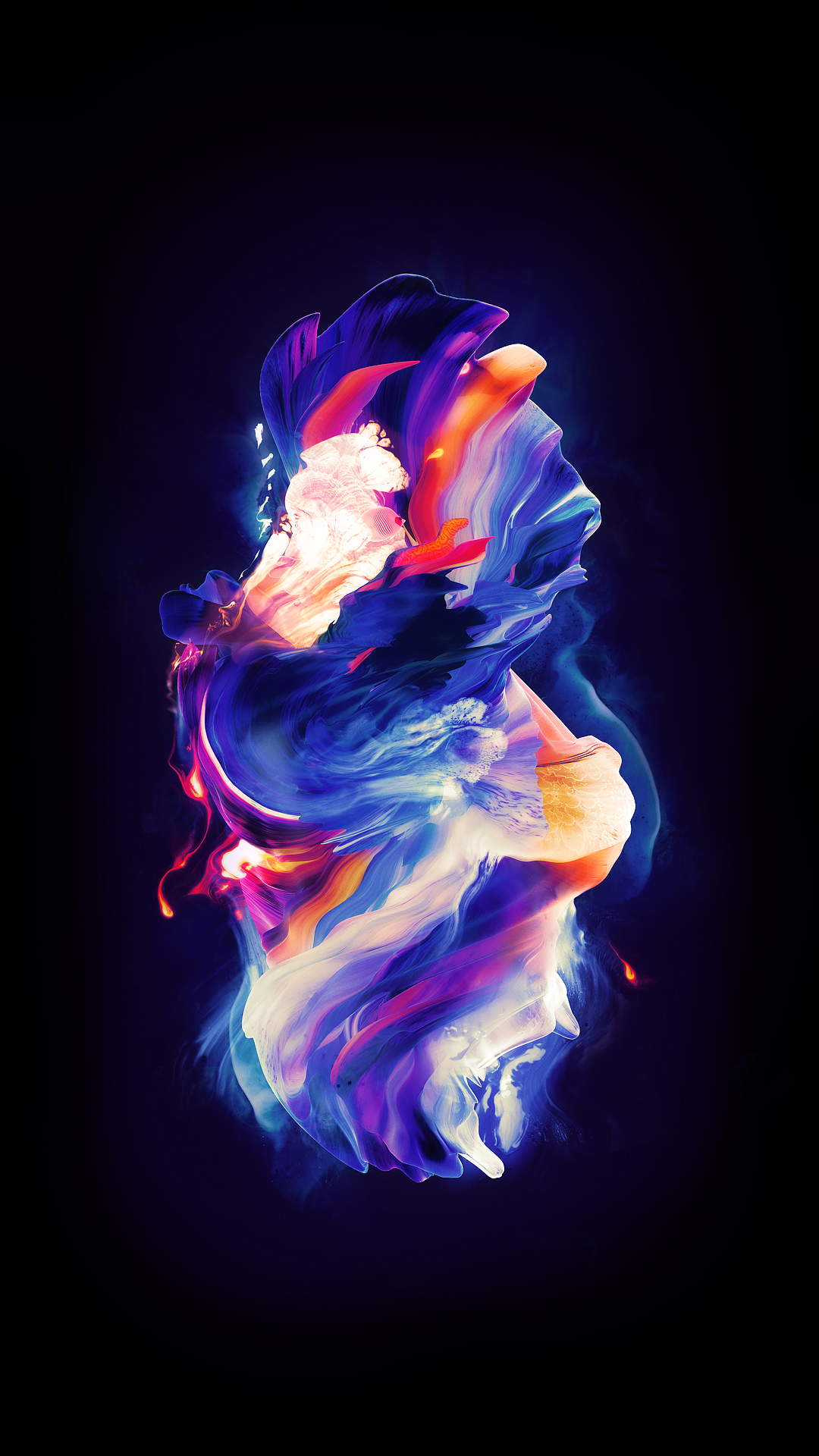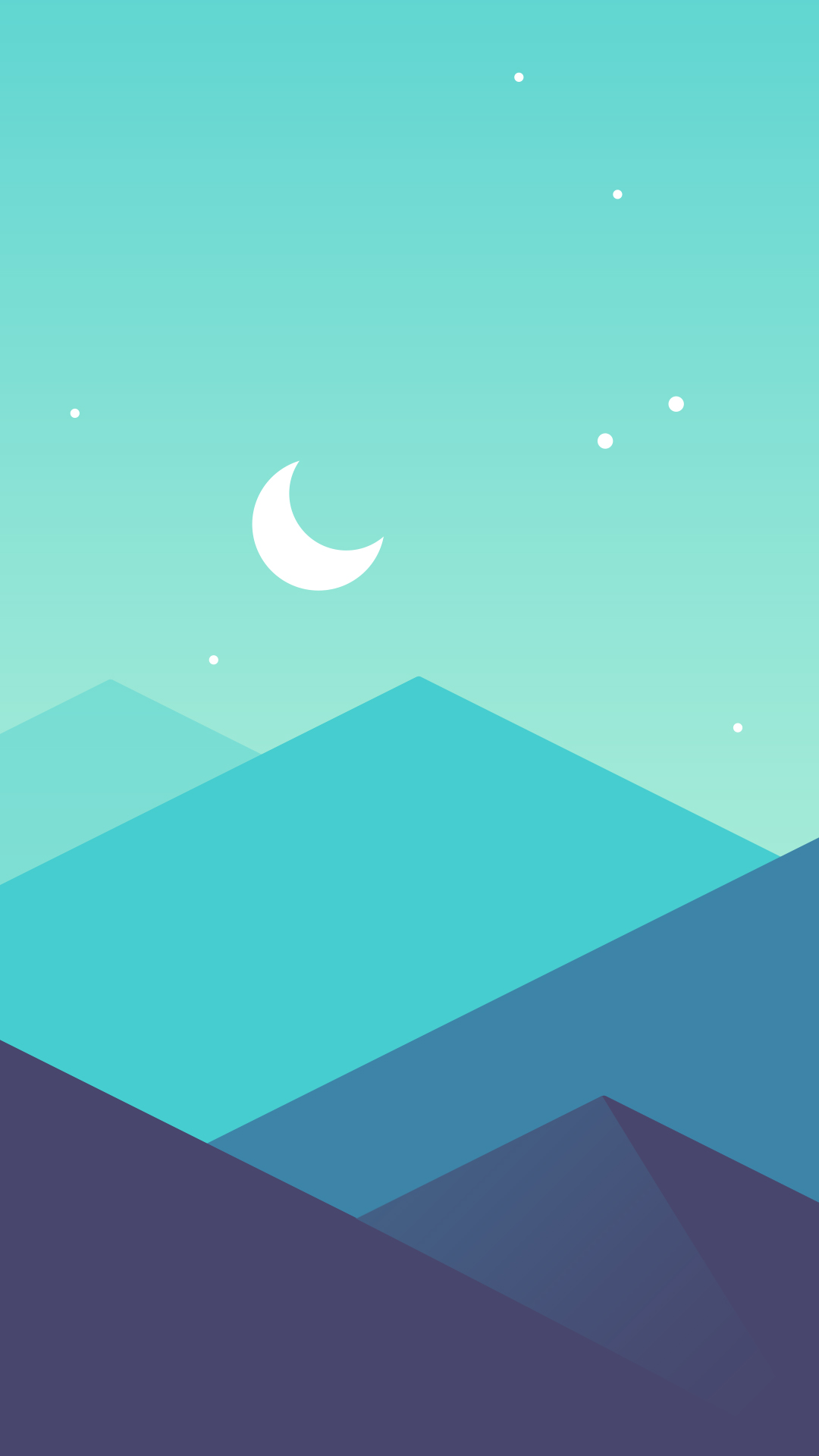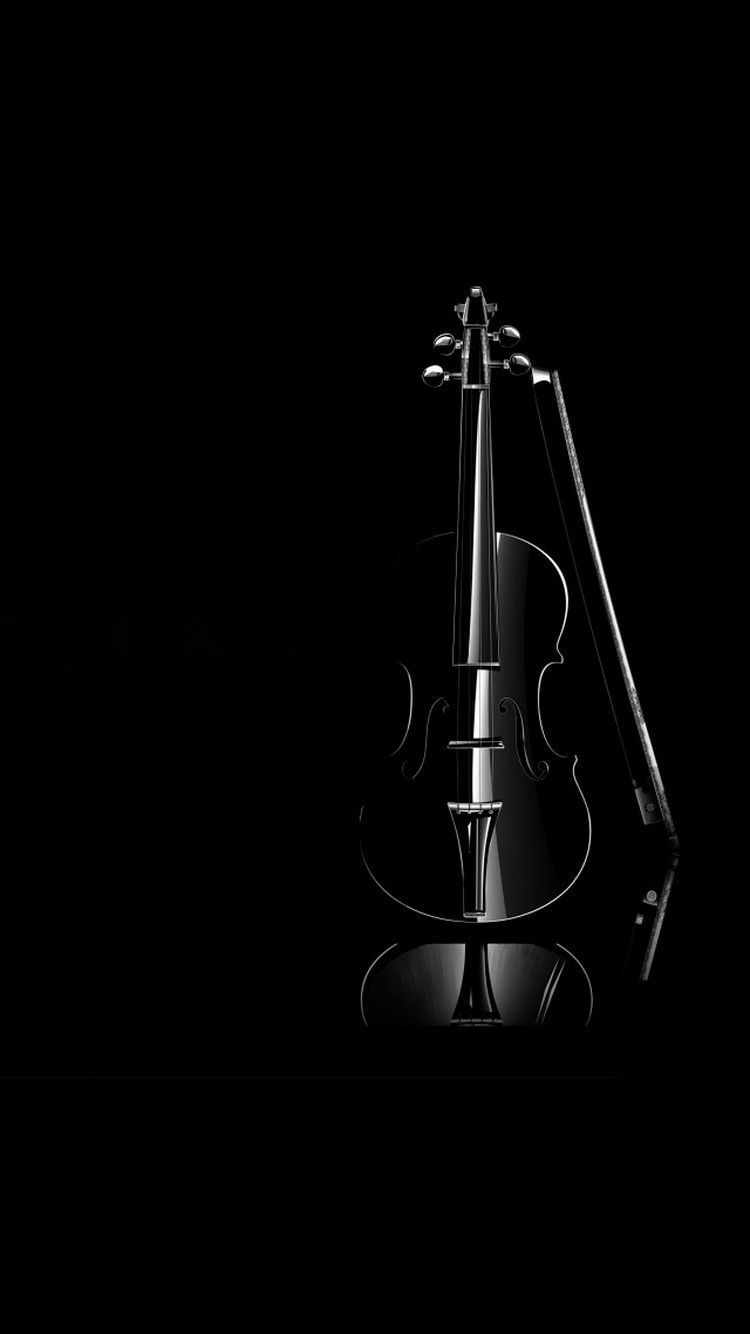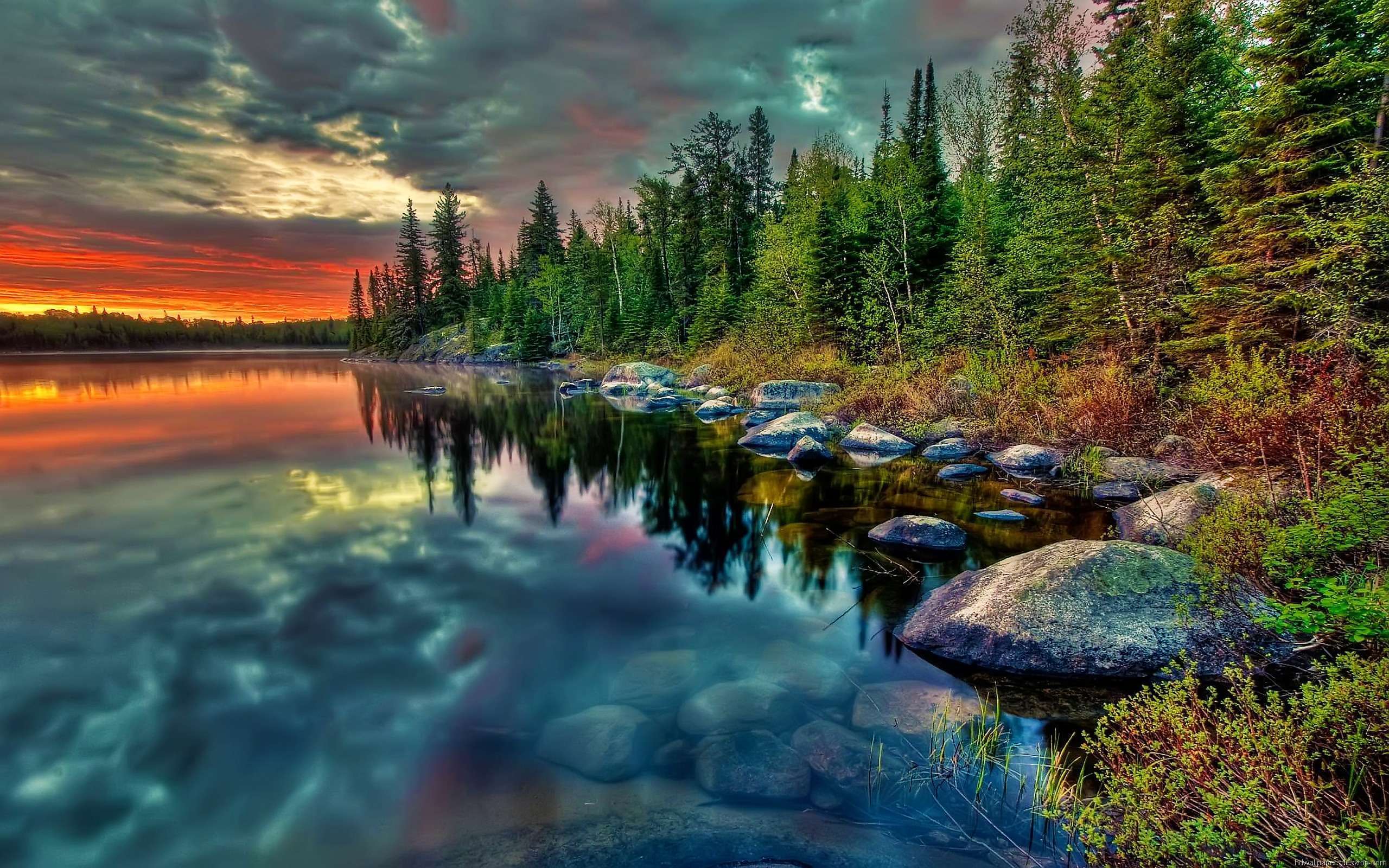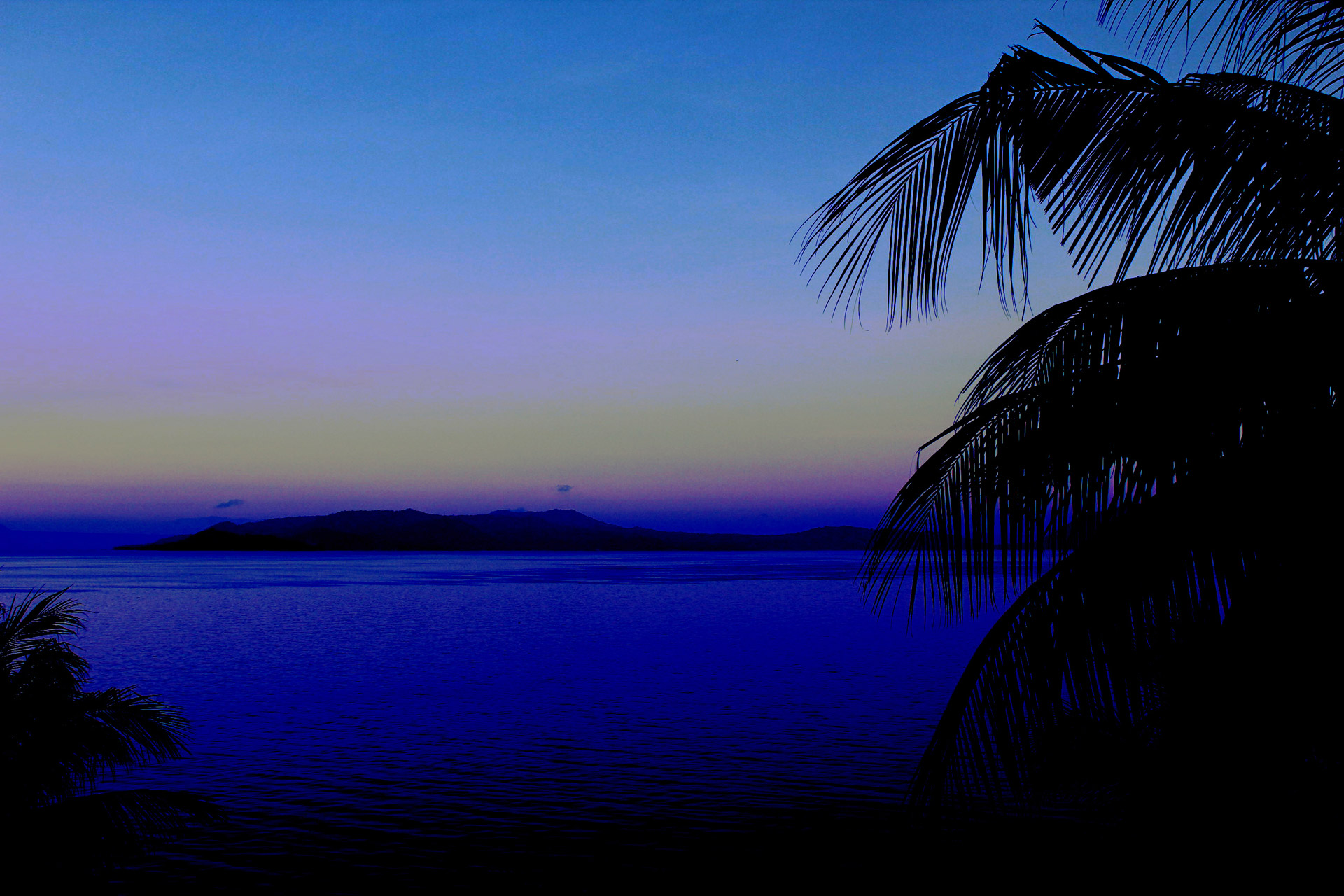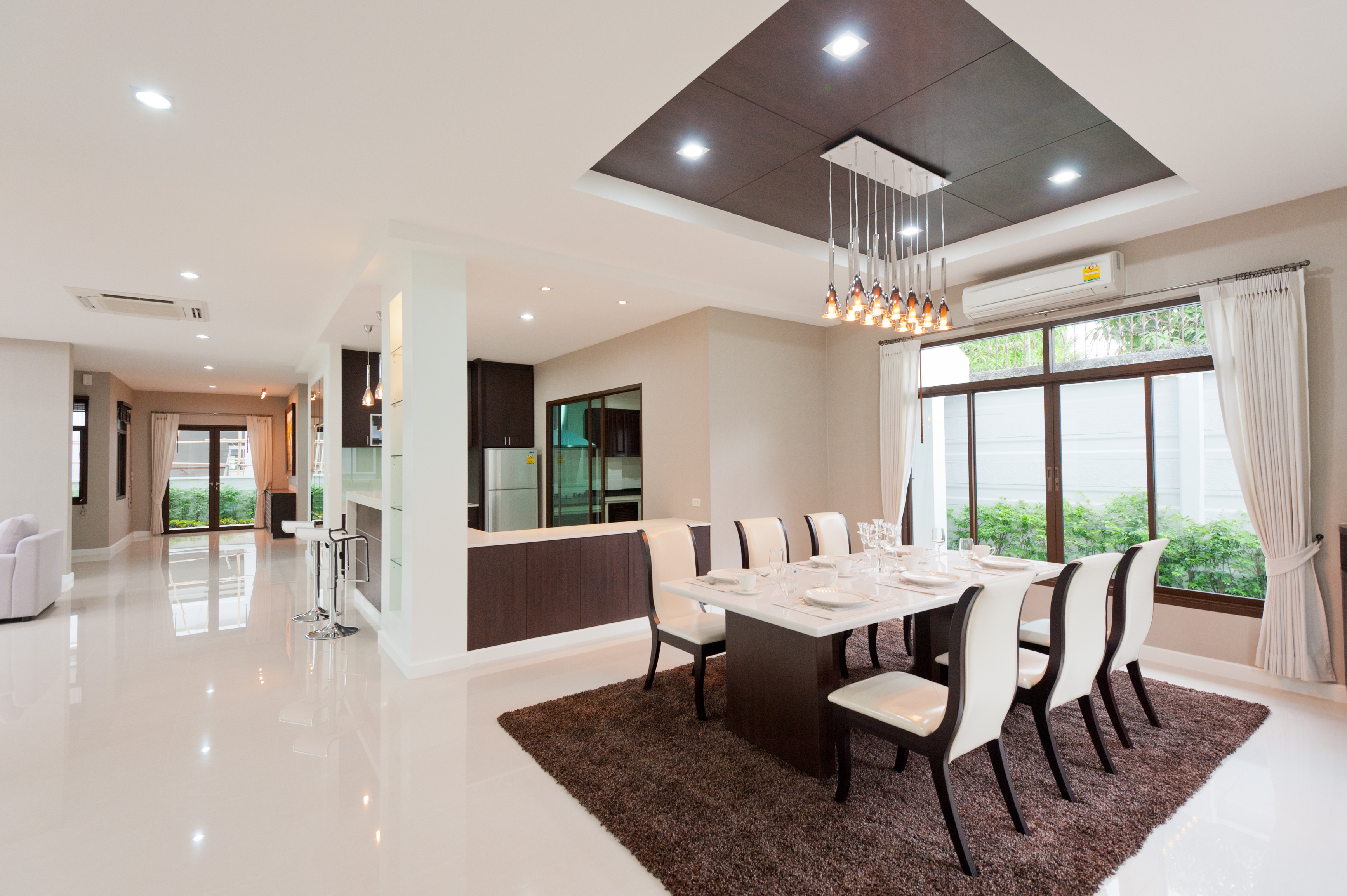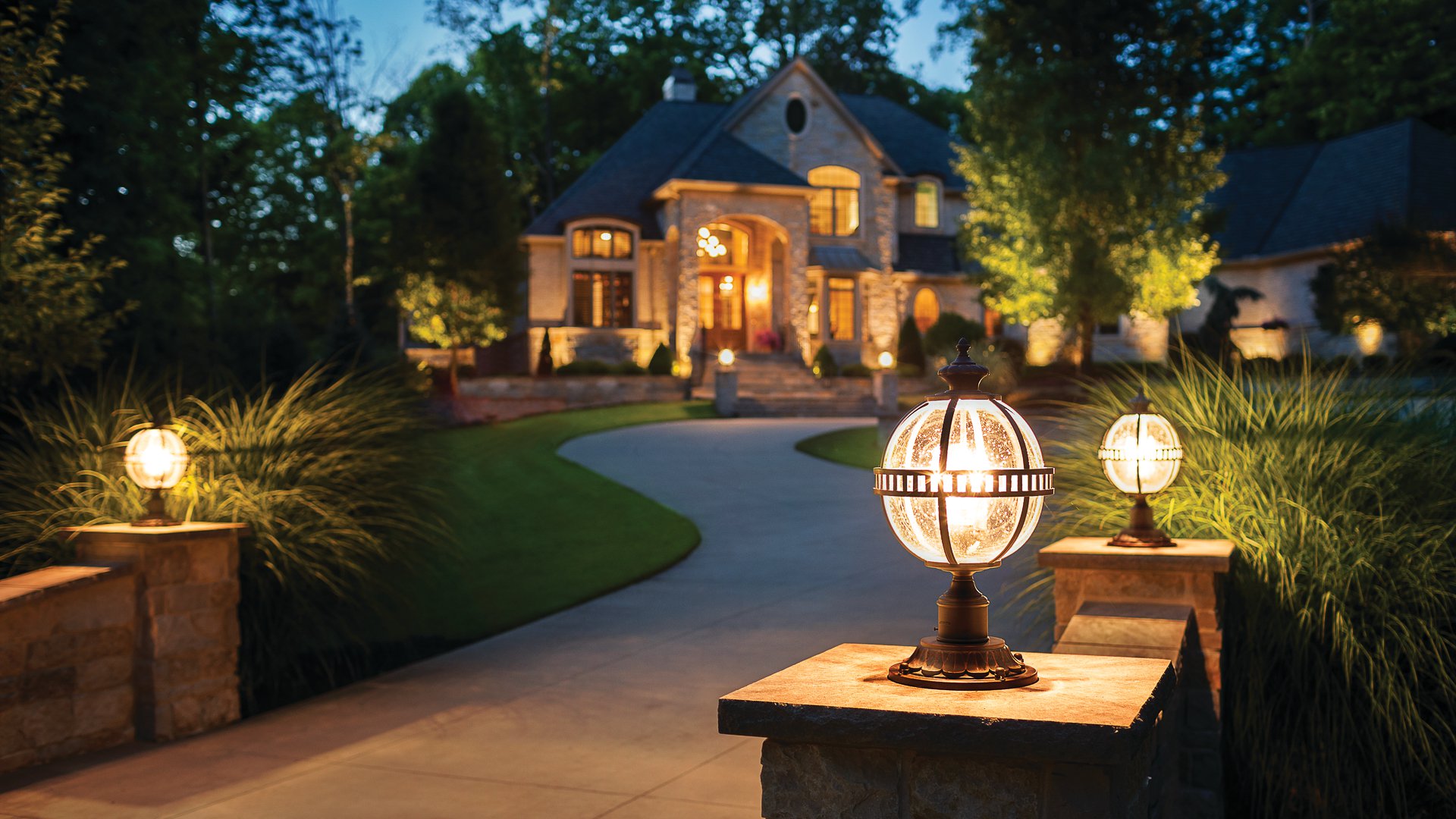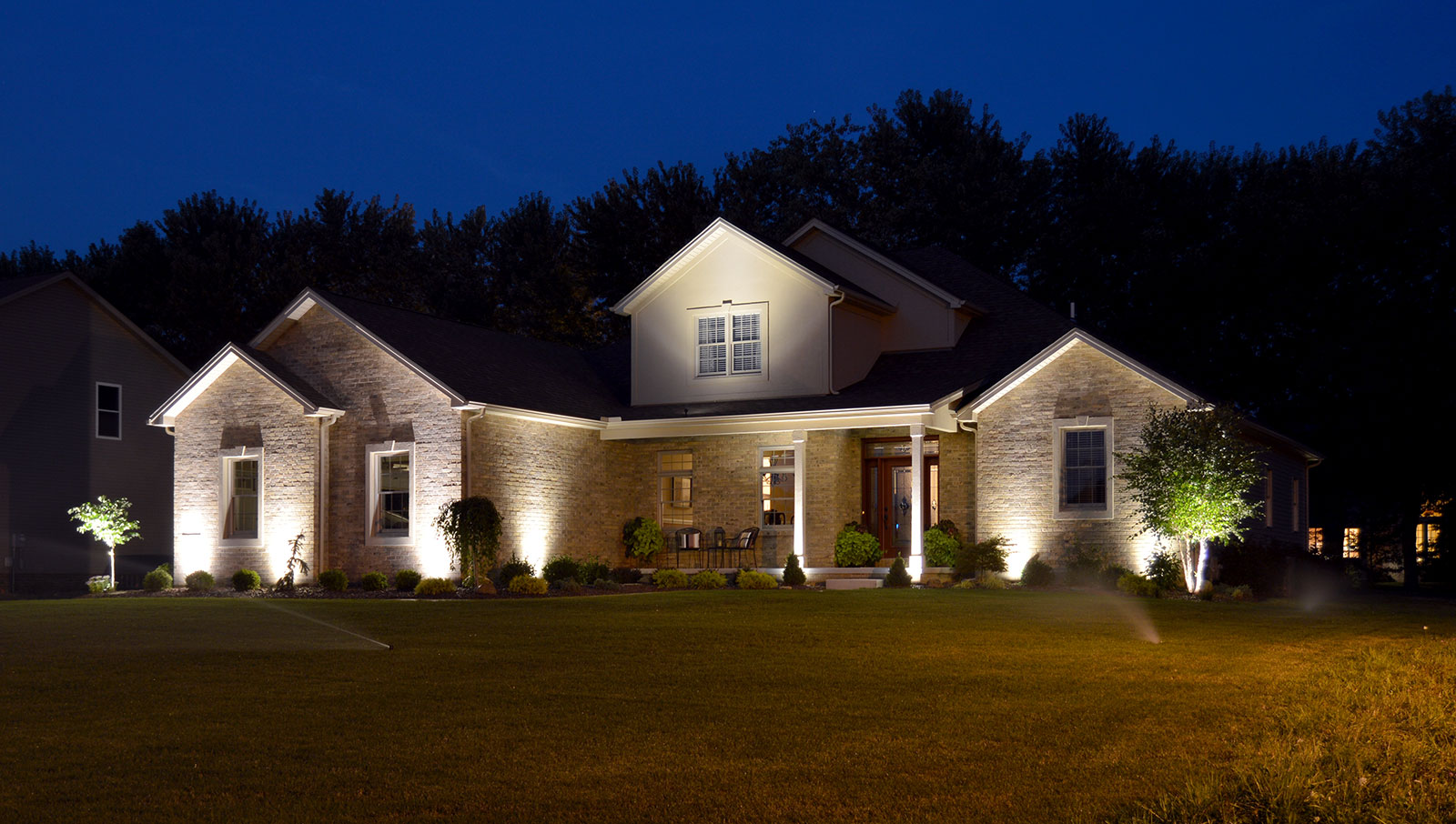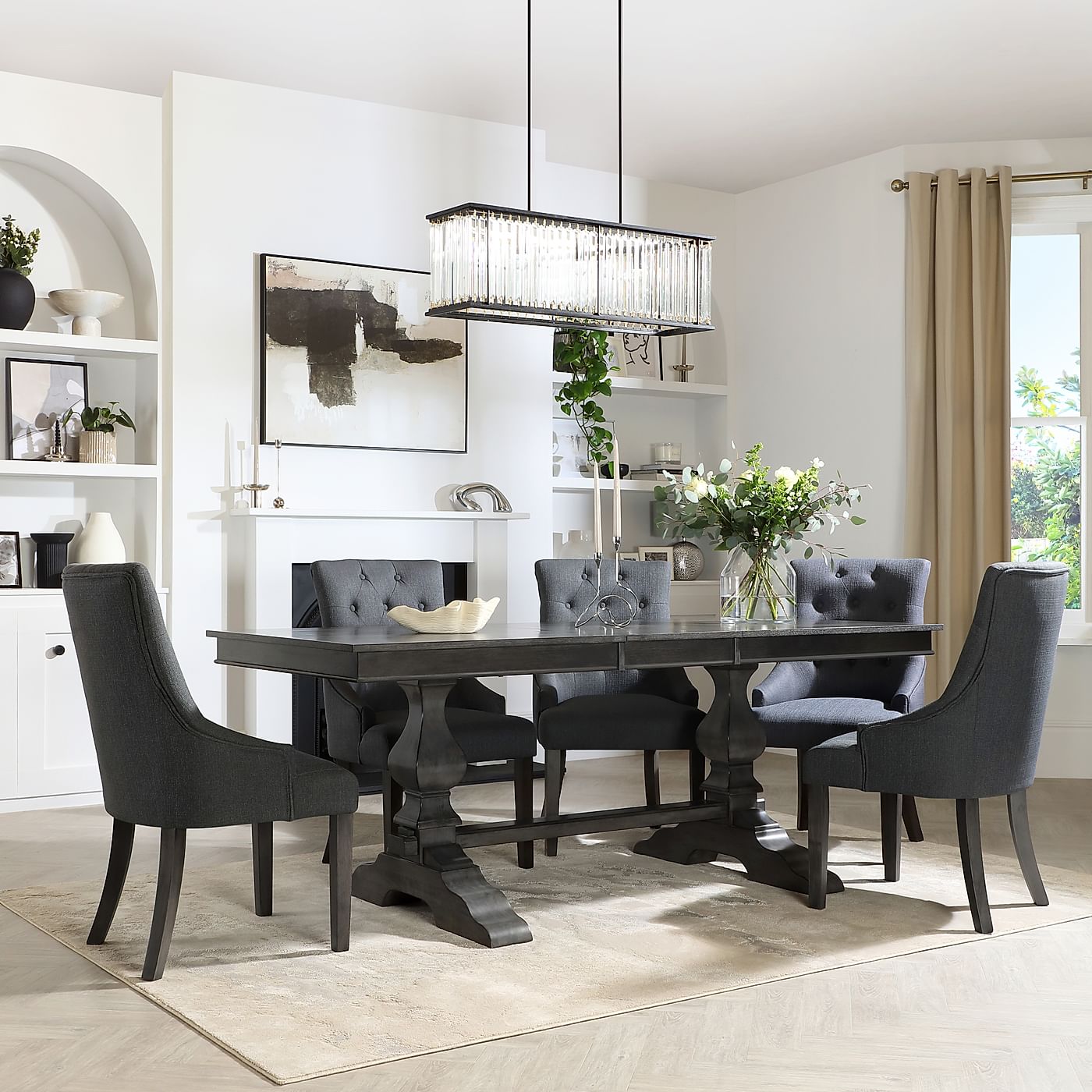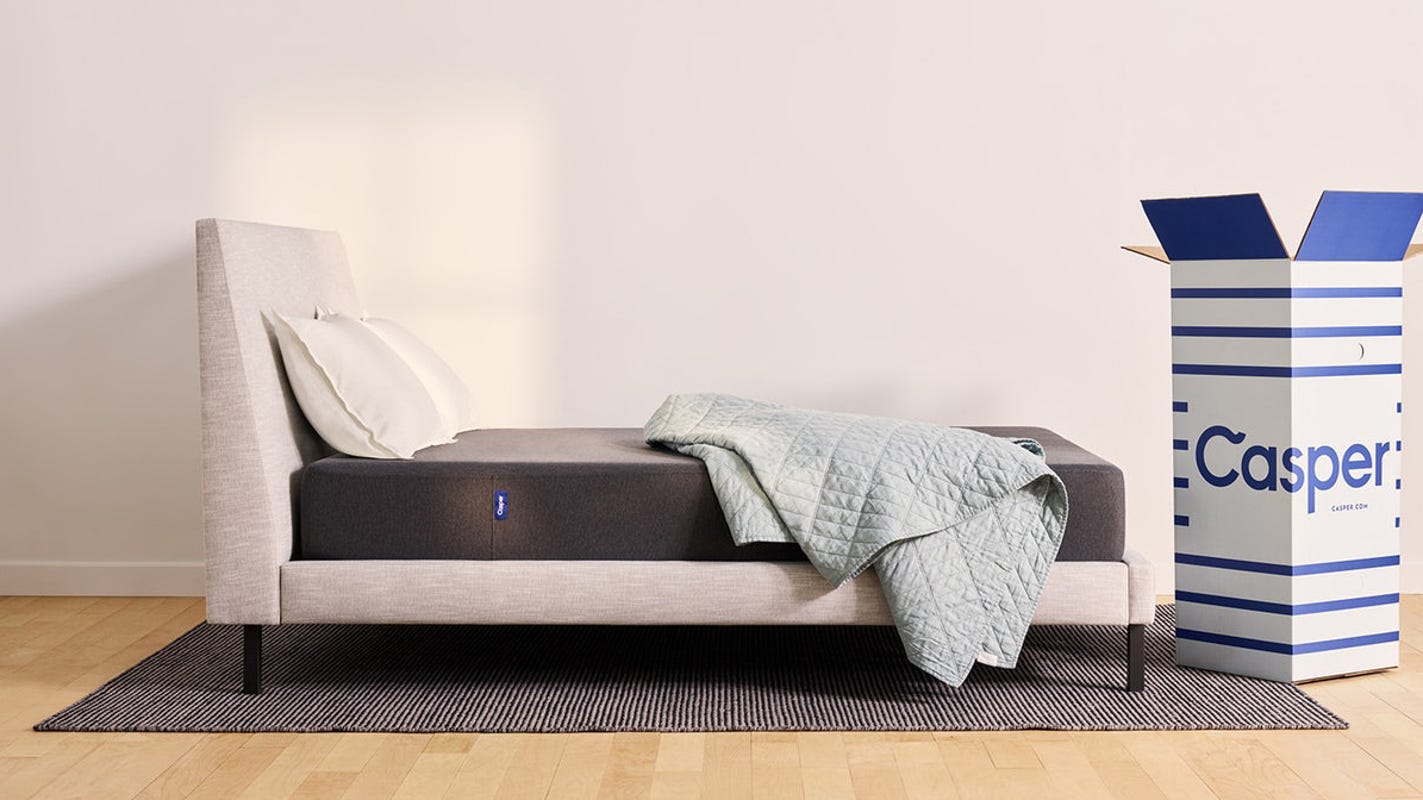The 1930s were a time of elegance, glamour, and luxury in interior design. The living room was the heart of the home, where families gathered to relax and entertain. The style of the 1930s living room was influenced by the Art Deco movement, characterized by geometric shapes, bold colors, and lavish materials. The furniture in a 1930s living room was often made of dark, polished wood with intricate details and curved edges. The seating was typically arranged in a symmetrical pattern, with a large sofa and several armchairs. Velvet and brocade were popular fabrics for upholstery, adding a touch of luxury to the room. The color scheme of a 1930s living room was bold and vibrant. Rich jewel tones like emerald green, sapphire blue, and ruby red were popular choices for walls and furnishings. Metallic accents in gold and silver were also commonly used to add a touch of glamour. One of the defining features of a 1930s living room was the use of wallpaper. Bold, geometric patterns in bright colors were favored, as well as more subtle designs in metallic tones. Wallpaper was often used to create a focal point in the room, such as a feature wall behind the sofa. Lighting in a 1930s living room was both functional and decorative. Art Deco chandeliers with geometric designs and crystal embellishments were popular choices. Table and floor lamps with stained glass shades were also commonly used to add a warm and inviting atmosphere to the room.1930s Living Room
The 1970s were a decade of bold and eclectic interior design. The living room was no exception, with a mix of different styles and influences coming together to create a unique and colorful space. The hippie and bohemian movements heavily influenced the design of the 1970s living room, with a focus on natural materials and a laid-back, free-spirited vibe. The furniture in a 1970s living room was often low-slung and modular, with an emphasis on comfort and relaxation. Large, oversized sofas and bean bag chairs were popular choices, providing plenty of seating for lounging and entertaining. The color scheme of a 1970s living room was vibrant and eclectic. Earth tones like mustard yellow, burnt orange, and avocado green were popular choices, as well as bright pops of rainbow colors. Macramé and tie-dye were also popular decorative elements, adding a bohemian touch to the room. Wallpaper also made a comeback in the 1970s, with bold and funky patterns adorning walls. Patterns like florals, stripes, and geometric shapes were commonly used, often in bright and contrasting colors. Shag carpeting was also a popular choice for flooring, adding texture and warmth to the room. The lighting in a 1970s living room was often multi-colored and ambient, creating a relaxed and inviting atmosphere. Lava lamps and disco balls were popular decorative lighting choices, adding a touch of fun and nostalgia to the room.1970s Living Room
While the 1930s and 1970s may seem like two completely different worlds when it comes to interior design, there are actually some surprising similarities between the living rooms of these two decades. Both eras saw a focus on comfort and relaxation in the living room, with plenty of seating options and cozy furnishings. Velvet and upholstered furniture were popular choices in both decades, although the styles and colors differed. While the 1930s living room was characterized by bold, luxurious materials and colors, the 1970s living room embraced a more natural and earthy vibe. Both eras also saw the use of wallpaper as a decorative element, although the patterns and colors were vastly different. Lighting also played an important role in both decades, with a focus on both functionality and style. While the 1930s saw the use of chandeliers and stained glass lamps, the 1970s embraced a more playful and colorful approach with lava lamps and disco balls. Overall, both the 1930s and 1970s living rooms were reflections of their respective time periods, showcasing the design trends and cultural influences of the era.Living Room Comparison
Interior design is a constantly evolving field, with trends and styles coming in and out of fashion. The 1930s and 1970s were two decades that saw significant changes and influences in interior design, shaping the way we decorate our homes today. The 1930s were all about luxury and glamour, with the Art Deco movement influencing interior design with its bold and geometric style. This era also saw the rise of streamlined and functional design, with an emphasis on practicality and efficiency. The 1970s, on the other hand, saw a move towards a more laid-back and eclectic style, with a mix of different influences coming together to create a unique and personalized look. This era also saw a focus on nature and environmentalism, with a rise in the use of natural materials and earthy colors. Today, interior design is a combination of these two eras and many others, with a focus on individuality and personal expression. From minimalist and Scandinavian styles to bohemian and industrial looks, there are endless possibilities when it comes to interior design, allowing us to create living spaces that truly reflect our personalities and tastes.Interior Design
Decor is an important aspect of interior design, as it is what brings a space to life and adds personality and character. The decor of a room can also help to tie together different design elements and create a cohesive look. The 1930s living room was all about opulence and elegance, with luxurious fabrics like velvet and brocade, and ornate and detailed furniture. Decorative objects like crystal and gold accents were also commonly used to add a touch of glamour to the room. In contrast, the decor of a 1970s living room was more laid-back and bohemian, with a focus on natural materials like wood, macramé, and plants. Colorful and eclectic accessories like tapestries, beaded curtains, and tie-dye also added to the free-spirited atmosphere of the room. Today, decor options are endless, and we can mix and match different styles and eras to create a unique and personalized look. From vintage pieces to modern accents, there are no rules when it comes to decor, allowing us to truly make a space our own.Decor
Furniture is not only functional but also plays a crucial role in the overall look and feel of a living room. The 1930s and 1970s saw two very different approaches to furniture design, with each era reflecting the cultural and societal influences of the time. In the 1930s, furniture was ornate and detailed, with a focus on luxurious materials like polished wood and velvet. The styles were often symmetrical and formal, with a sense of grandeur and elegance. However, functionality was also important, with furniture often serving multiple purposes. The 1970s, on the other hand, saw a move towards a more relaxed and comfortable style, with low-slung and modular pieces. The focus was on creating a space for relaxation and leisure, with oversized and plush seating options. Natural materials like rattan and wicker were also commonly used, adding a bohemian touch to the room. Today, furniture design is a combination of both these eras, with a focus on both style and functionality. We can find a variety of styles, from traditional to modern, with a mix of different materials and influences, allowing us to create a living room that fits our personal tastes and needs.Furniture
The color scheme of a living room is an important aspect of interior design, setting the tone for the space and creating a specific mood and atmosphere. The 1930s and 1970s saw two very different color palettes in living rooms, reflecting the trends and influences of the era. The 1930s living room was characterized by bold and vibrant colors, with rich jewel tones like emerald green, sapphire blue, and ruby red commonly used. Metallic accents in gold and silver were also popular, adding a touch of glamour to the room. In contrast, the 1970s living room embraced a more earthy and natural color scheme, with earth tones like mustard yellow, burnt orange, and avocado green taking center stage. Bright pops of rainbow colors were also commonly used, adding a playful and eclectic touch to the room. Today, we can see a combination of both these color schemes in living room design, with a focus on creating a harmonious and balanced color palette. From bold and vibrant to soft and neutral, there are endless possibilities when it comes to choosing a color scheme for your living room.Color Scheme
Wallpaper is a popular choice for adding texture and visual interest to a living room. The 1930s and 1970s both saw the use of wallpaper as a decorative element, although the styles and patterns were vastly different. In the 1930s, wallpaper was used to add a touch of elegance and drama to the living room. Bold, geometric patterns in bright colors or metallic tones were commonly used, often as a focal point on one wall. The wallpaper was also often paired with contrasting and complementary colors for a more cohesive look. In the 1970s, wallpaper was used to add a playful and eclectic touch to the living room. Patterns like florals, stripes, and geometric shapes were popular choices, often in bright and vibrant colors. Wallpaper was also used to create a bohemian or hippie vibe in the room. Today, we can find a variety of wallpaper options, from traditional patterns to modern and abstract designs. It has become a popular choice for creating a statement wall in the living room, adding a touch of personality and style to the space.Wallpaper
Lighting is an essential aspect of any living room design, providing both functionality and style. In the 1930s and 1970s, lighting played a significant role in creating the overall atmosphere and aesthetic of the living room. In the 1930s, lighting was both functional and decorative, with a focus on Art Deco chandeliers and stained glass lamps. These added a touch of glamour and elegance to the room while providing ample light for activities like reading and entertaining.Lighting
Comparing the Design Styles of 1930s and 1970s Living Rooms

The Evolution of Home Design
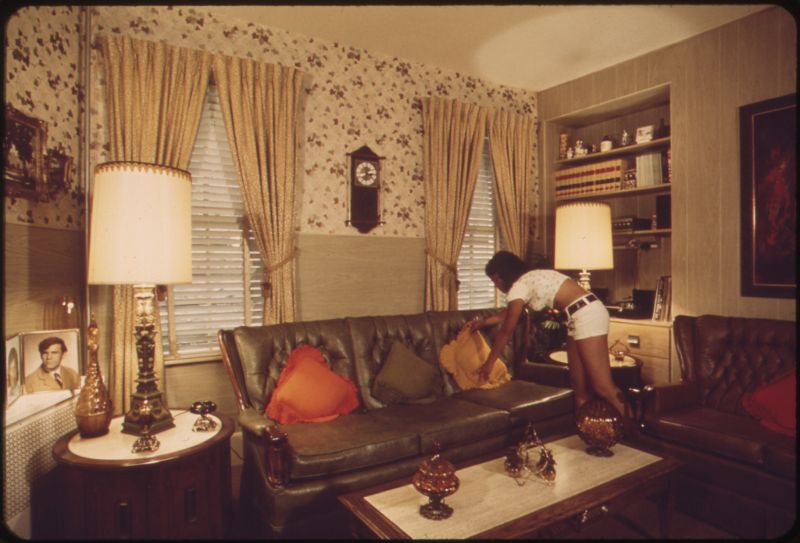 The 20th century saw a significant shift in the way people designed and decorated their homes. The 1930s and 1970s were two distinct eras that greatly influenced house design. While the 1930s were marked by the simplicity and functionality of the modernist movement, the 1970s were all about bold colors and eclectic styles. Let's take a closer look at how these two decades differed in terms of living room design.
The 20th century saw a significant shift in the way people designed and decorated their homes. The 1930s and 1970s were two distinct eras that greatly influenced house design. While the 1930s were marked by the simplicity and functionality of the modernist movement, the 1970s were all about bold colors and eclectic styles. Let's take a closer look at how these two decades differed in terms of living room design.
The 1930s Living Room
 The 1930s were a time of economic struggle, which greatly influenced the design of living rooms. The focus was on functionality and practicality, with a touch of elegance. Furniture was often made from natural materials such as wood and leather, and the color palette was neutral with shades of beige, cream, and gray. The use of geometric patterns and clean lines was also prominent in this era, reflecting the modernist movement's influence.
One of the defining features of a 1930s living room was the use of Art Deco elements. This style was characterized by bold geometric shapes, luxurious materials, and a touch of glamour. The use of mirrors, chrome, and glass added to the sleek and sophisticated look of the room.
The 1930s were a time of economic struggle, which greatly influenced the design of living rooms. The focus was on functionality and practicality, with a touch of elegance. Furniture was often made from natural materials such as wood and leather, and the color palette was neutral with shades of beige, cream, and gray. The use of geometric patterns and clean lines was also prominent in this era, reflecting the modernist movement's influence.
One of the defining features of a 1930s living room was the use of Art Deco elements. This style was characterized by bold geometric shapes, luxurious materials, and a touch of glamour. The use of mirrors, chrome, and glass added to the sleek and sophisticated look of the room.
The 1970s Living Room
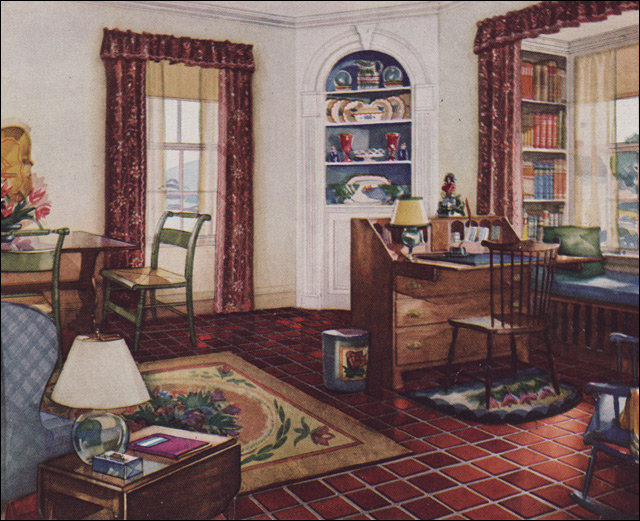 The 1970s was a time of social and cultural change, and this was reflected in the design of living rooms. The focus shifted from functionality to self-expression and individuality. The use of bright colors, bold patterns, and eclectic styles was a common sight in living rooms during this decade.
Furniture in the 1970s living room was often oversized and plush, with a mix of textures such as shag carpets, macrame wall hangings, and velvet upholstery. The color palette was anything but neutral, with shades of orange, yellow, and green dominating the room. The use of natural materials like wood and stone was still prevalent, but with a more rustic and earthy feel.
The 1970s was a time of social and cultural change, and this was reflected in the design of living rooms. The focus shifted from functionality to self-expression and individuality. The use of bright colors, bold patterns, and eclectic styles was a common sight in living rooms during this decade.
Furniture in the 1970s living room was often oversized and plush, with a mix of textures such as shag carpets, macrame wall hangings, and velvet upholstery. The color palette was anything but neutral, with shades of orange, yellow, and green dominating the room. The use of natural materials like wood and stone was still prevalent, but with a more rustic and earthy feel.
The Blend of Old and New
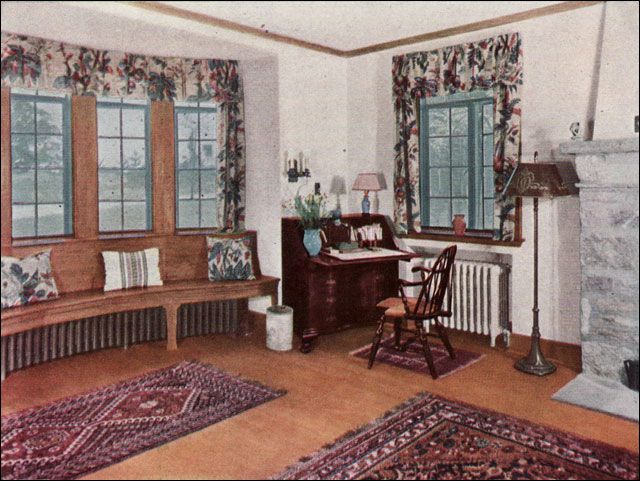 While the design styles of the 1930s and 1970s were vastly different, both eras shared a common thread – a blend of old and new. The 1930s saw the emergence of modernism, while the 1970s embraced a return to more traditional styles. This blend of old and new can be seen in today's living room designs, where elements from both eras are often combined to create a unique and personalized space.
In conclusion, the 1930s and 1970s were two distinct decades that greatly influenced the design of living rooms. While the 1930s were all about simplicity and functionality, the 1970s embraced bold colors and eclectic styles. Today, we continue to see the influence of these eras in modern living room design, creating a beautiful blend of old and new.
While the design styles of the 1930s and 1970s were vastly different, both eras shared a common thread – a blend of old and new. The 1930s saw the emergence of modernism, while the 1970s embraced a return to more traditional styles. This blend of old and new can be seen in today's living room designs, where elements from both eras are often combined to create a unique and personalized space.
In conclusion, the 1930s and 1970s were two distinct decades that greatly influenced the design of living rooms. While the 1930s were all about simplicity and functionality, the 1970s embraced bold colors and eclectic styles. Today, we continue to see the influence of these eras in modern living room design, creating a beautiful blend of old and new.









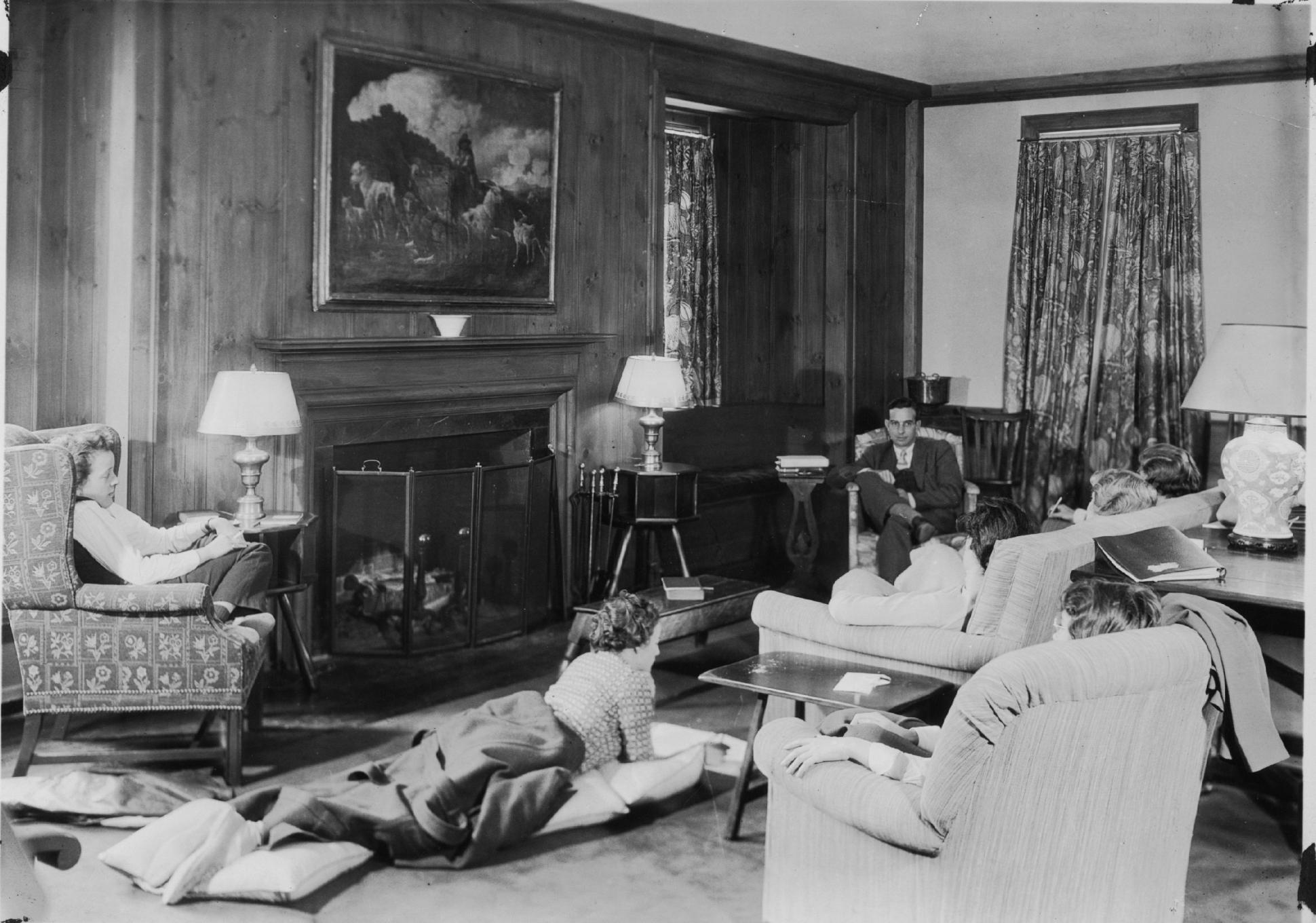

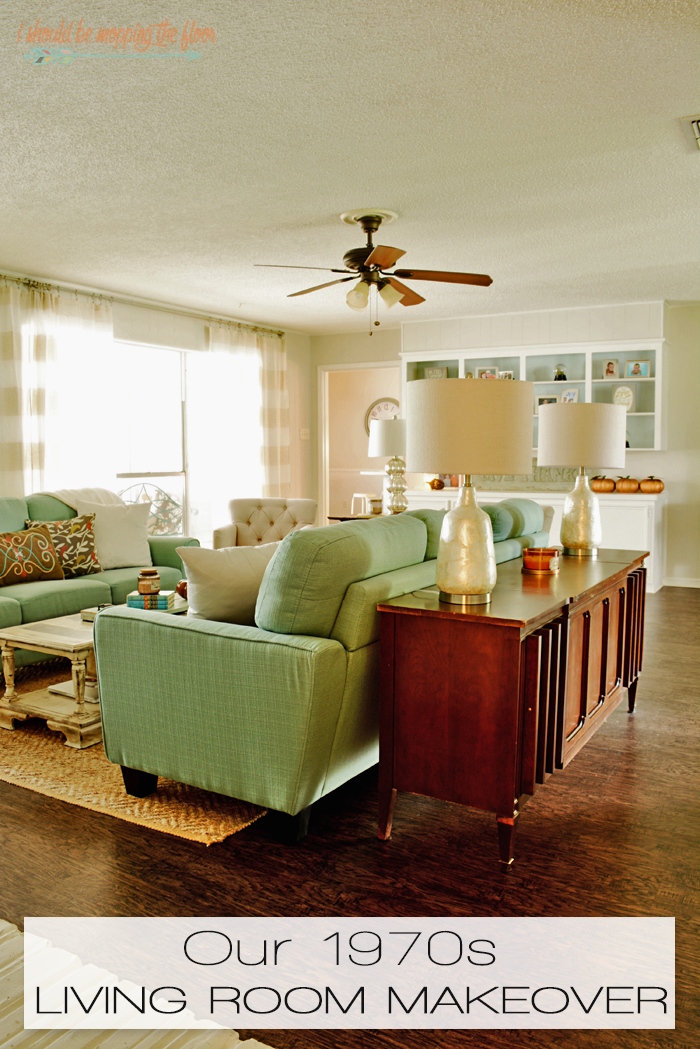


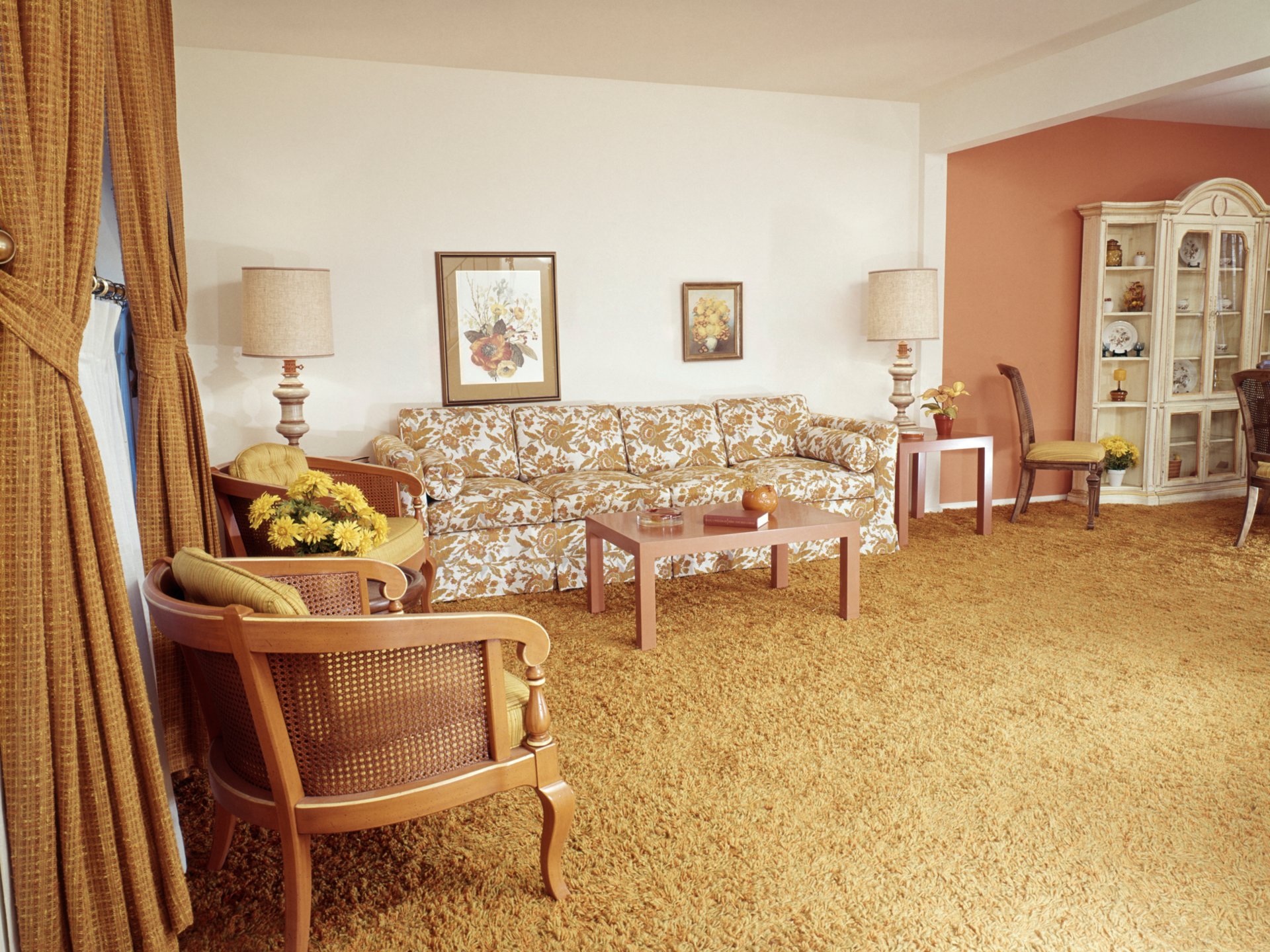
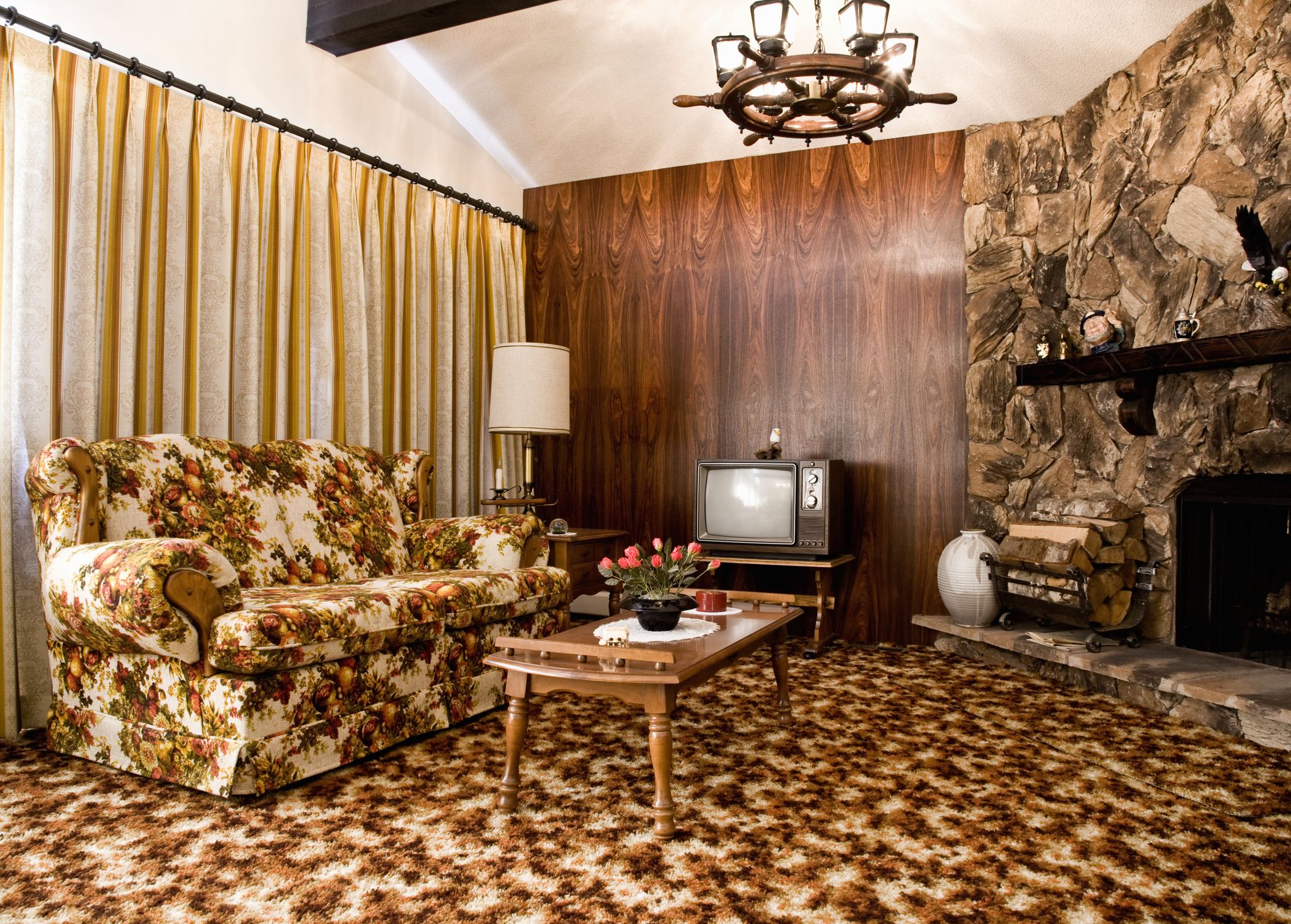



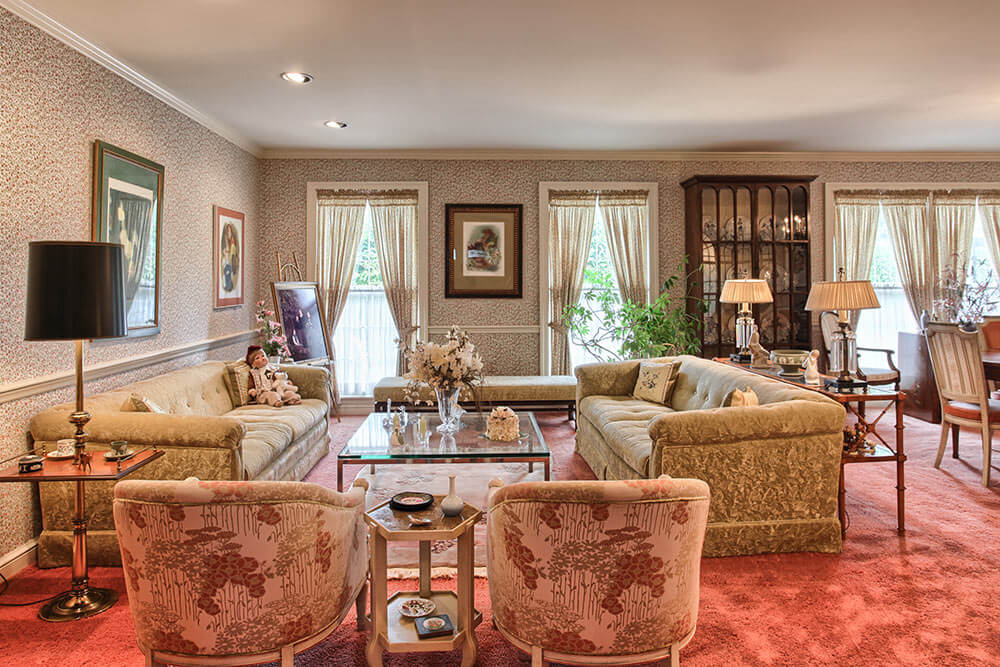
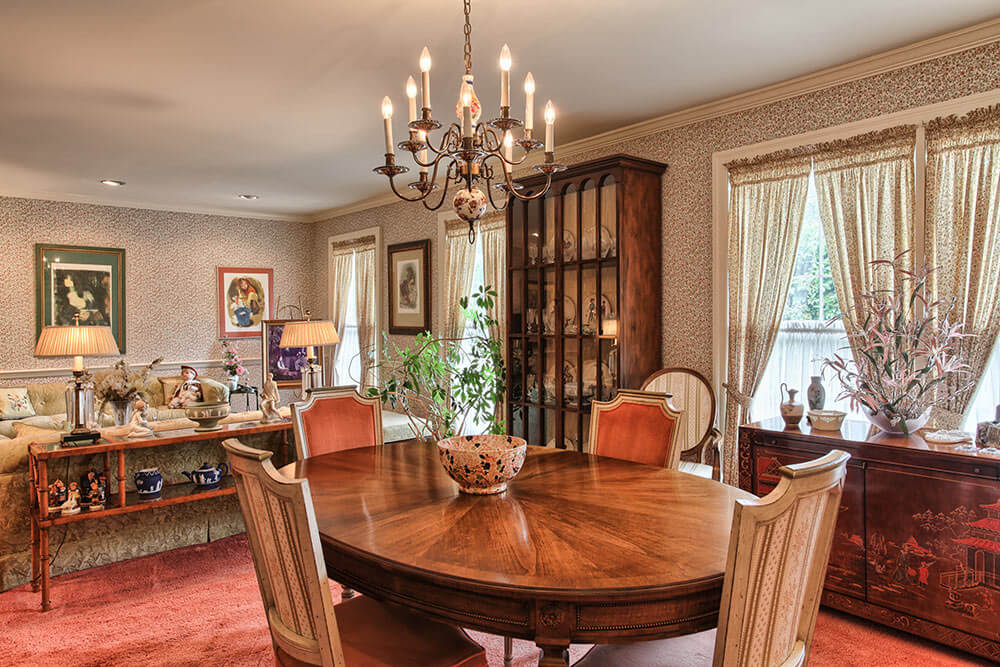

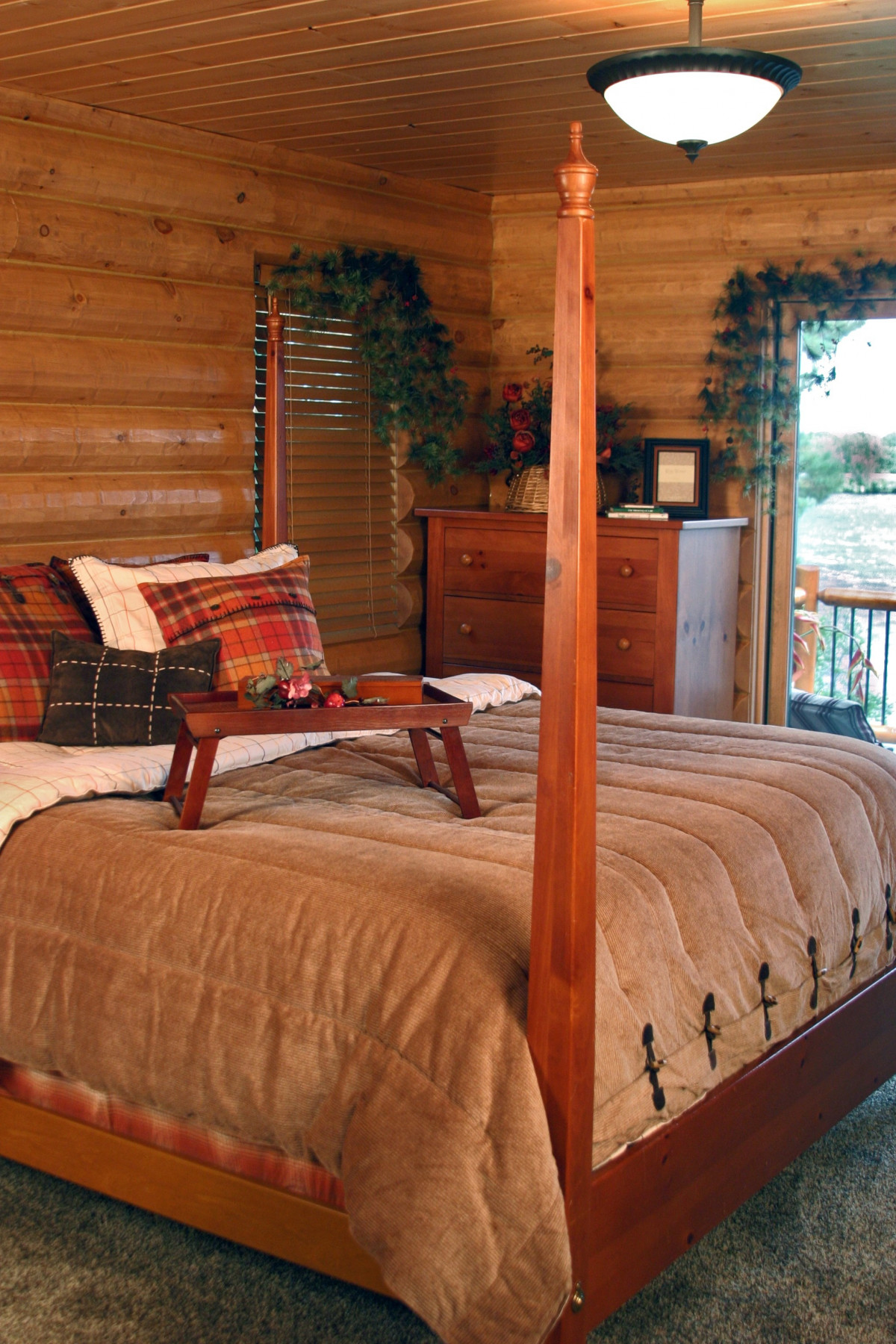


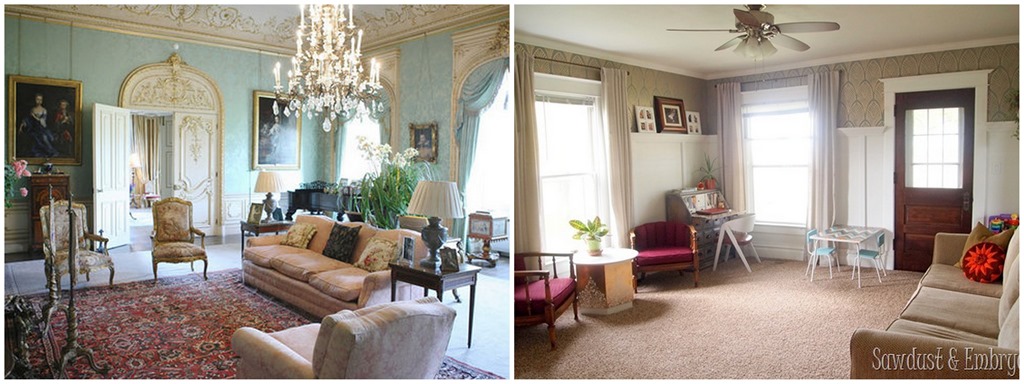





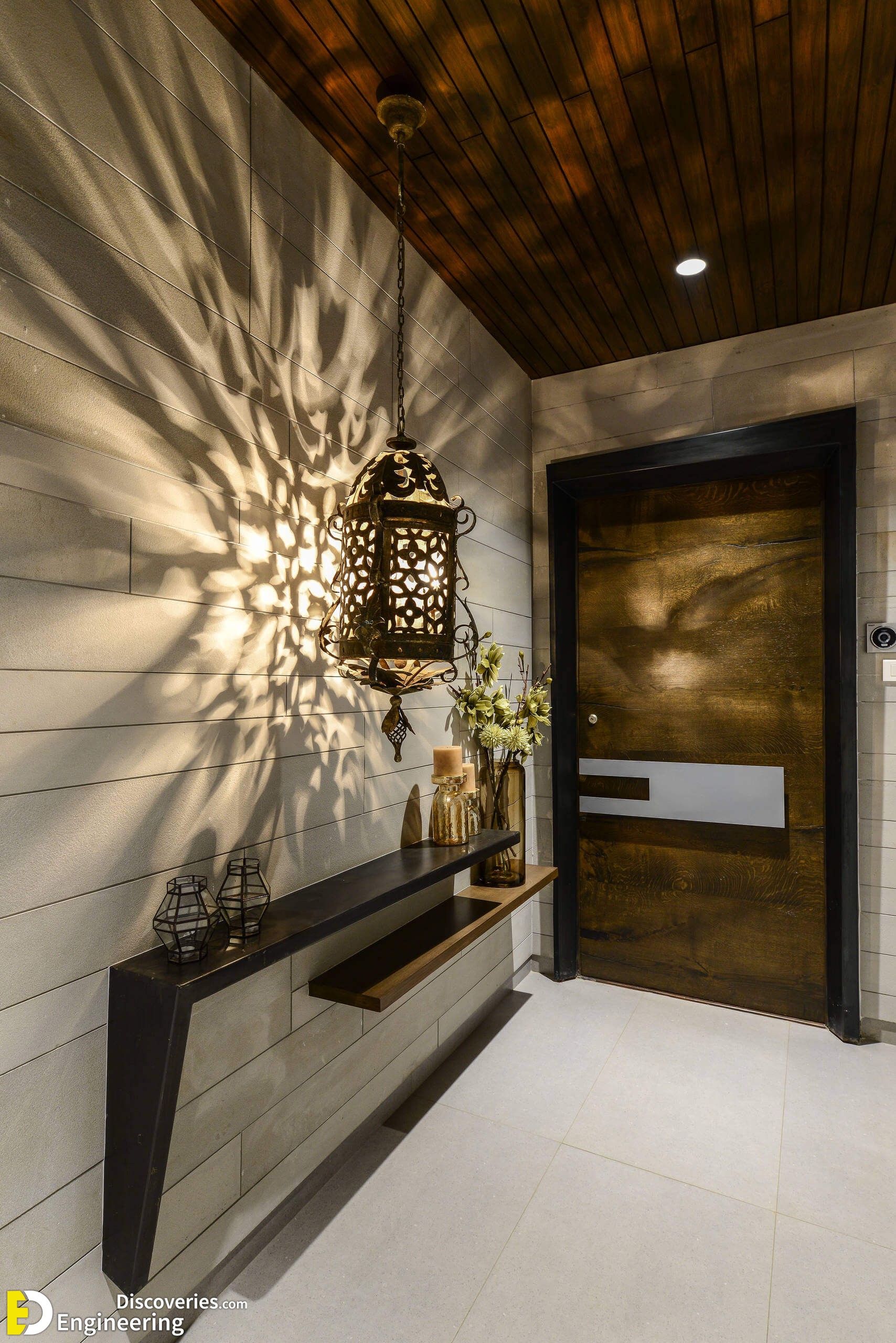


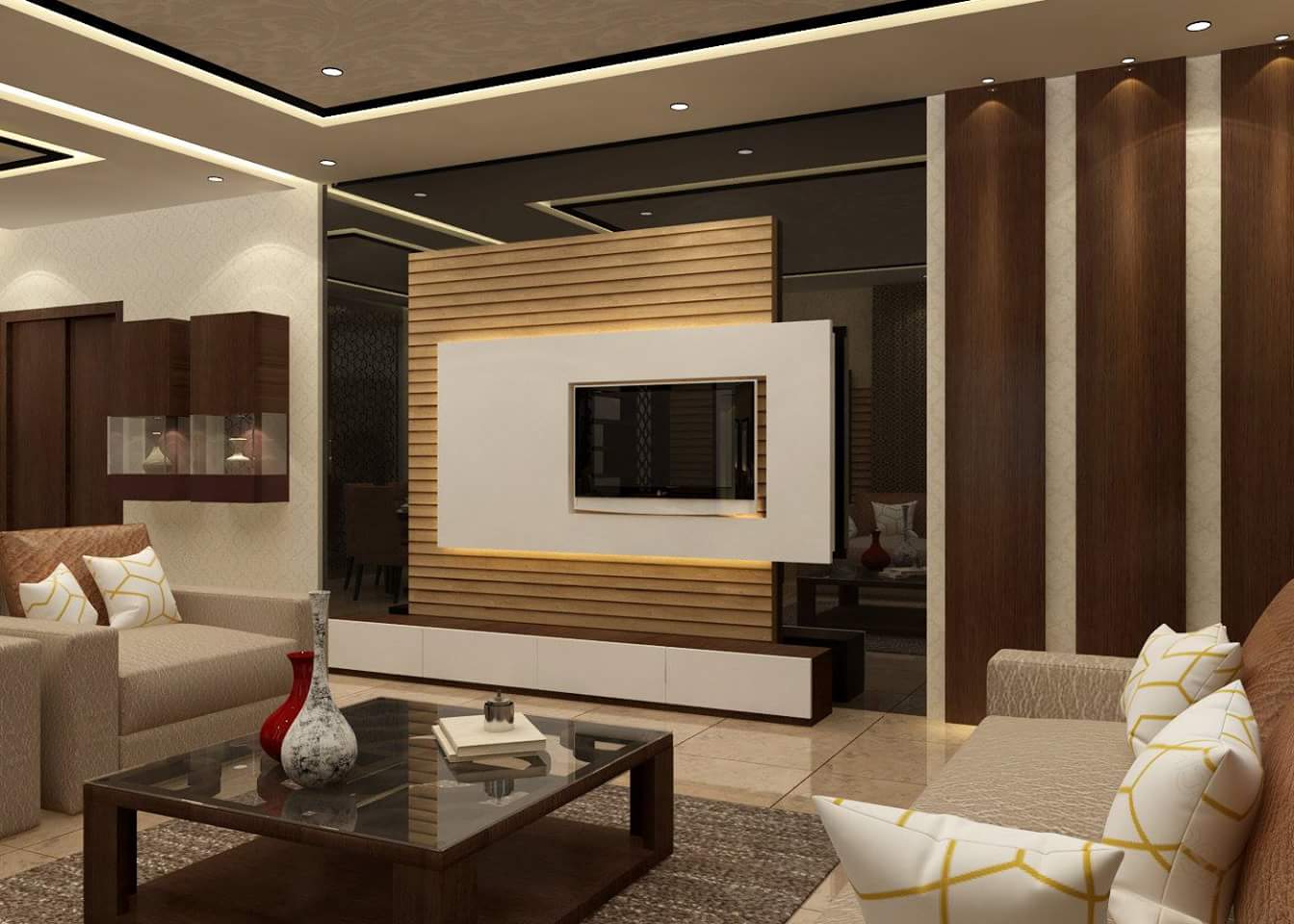
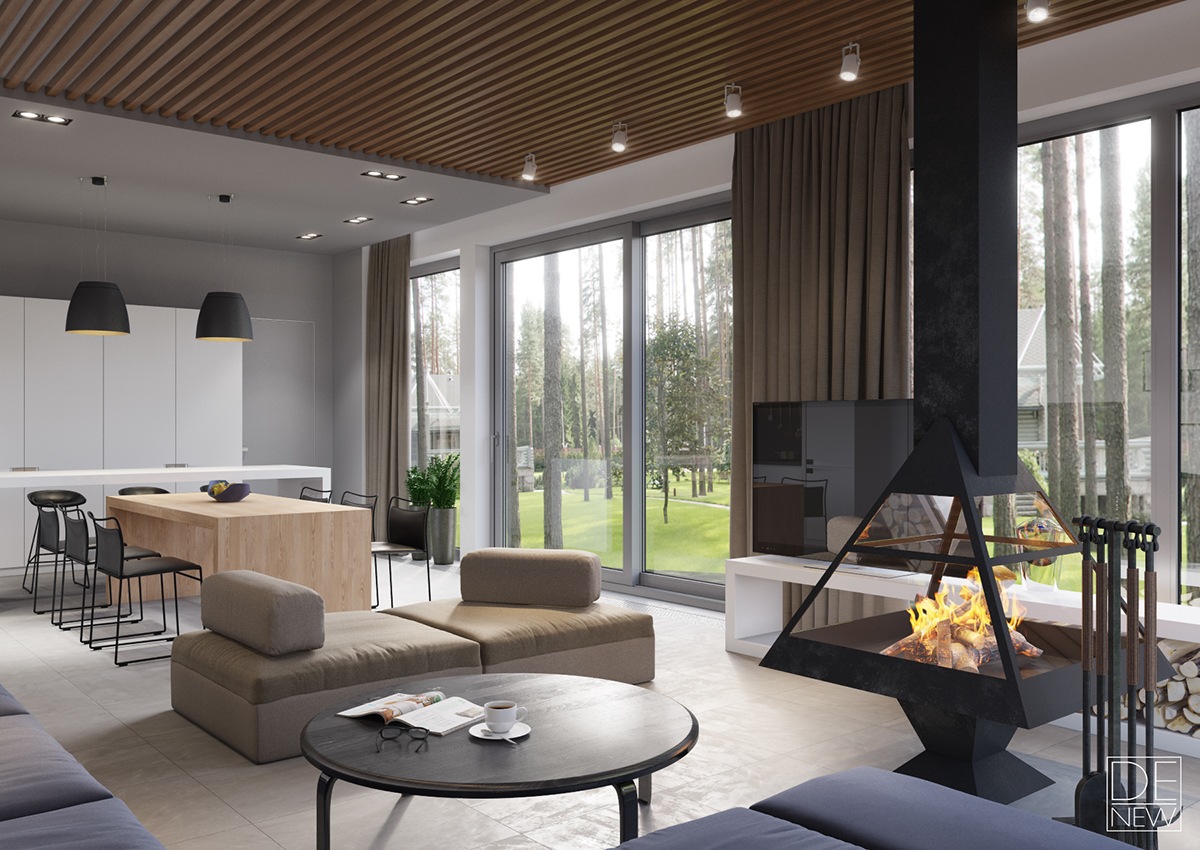


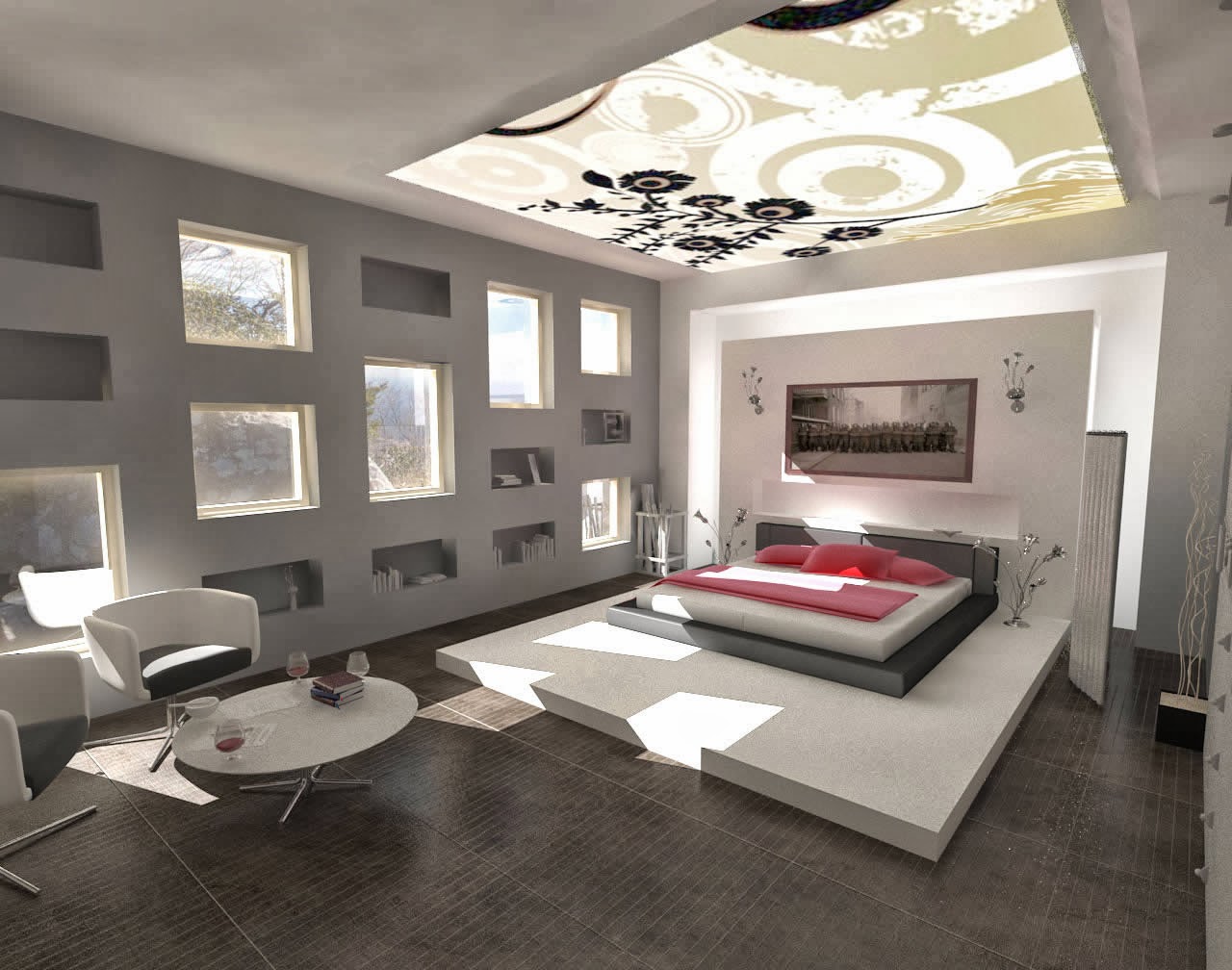
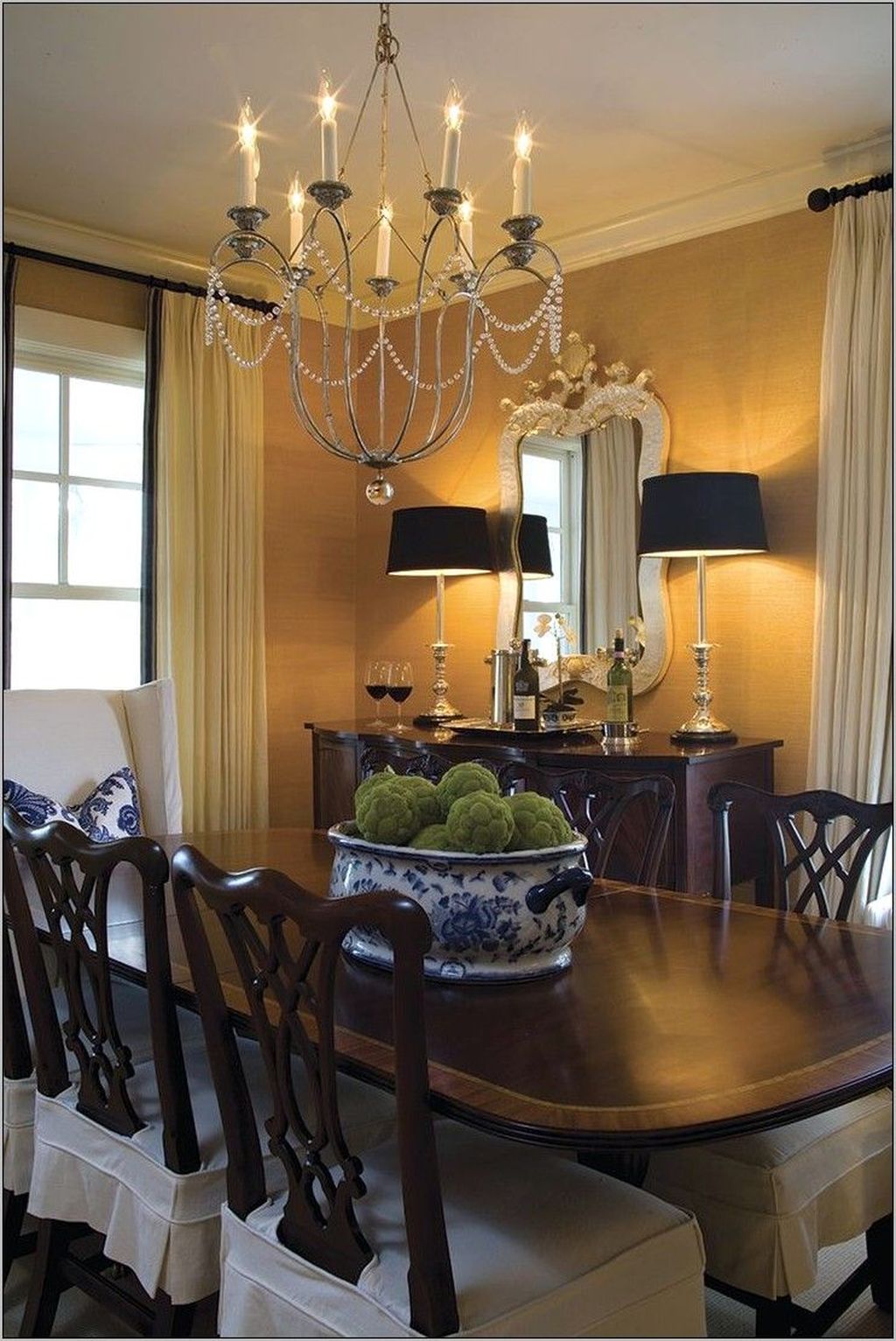
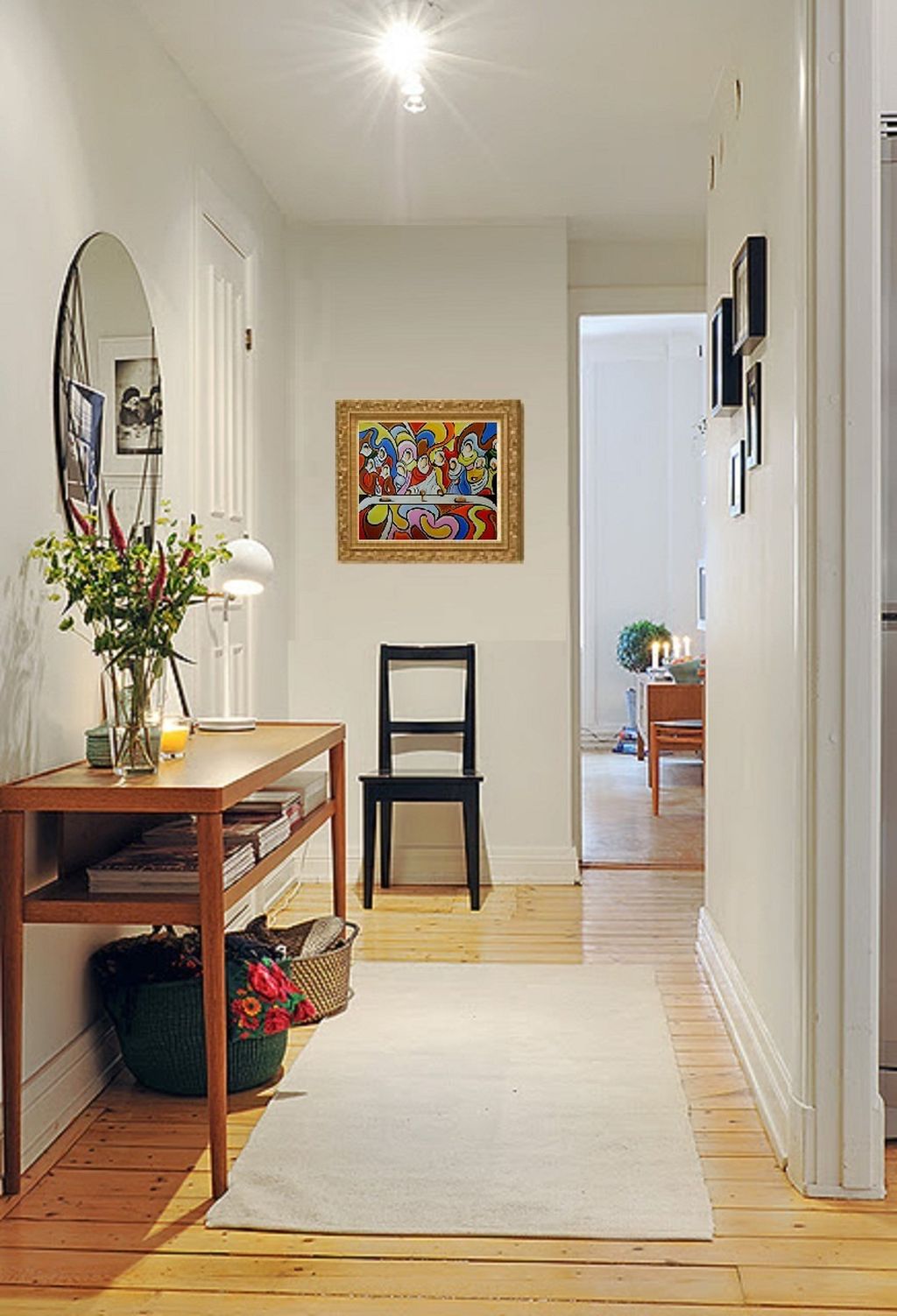
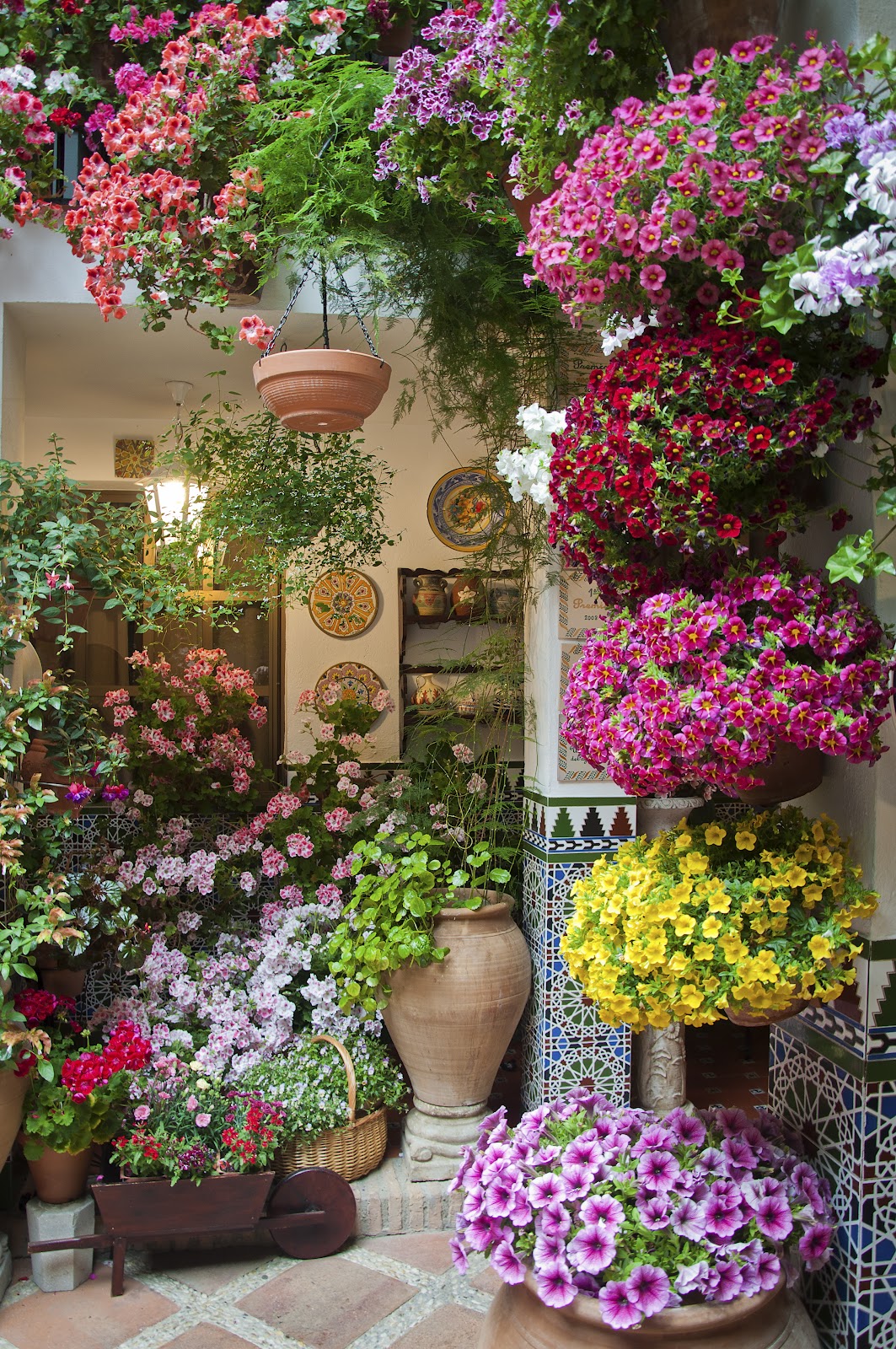

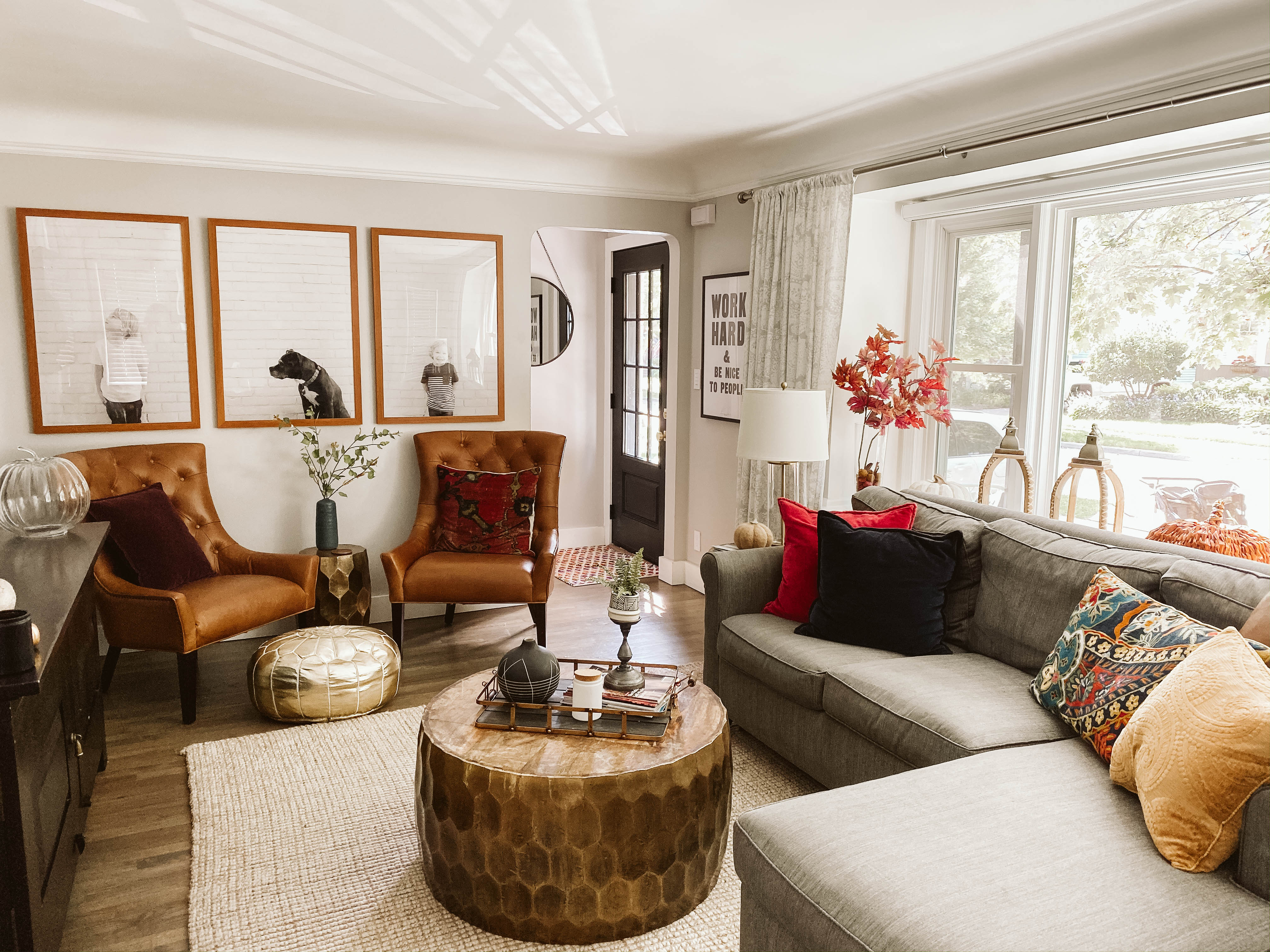

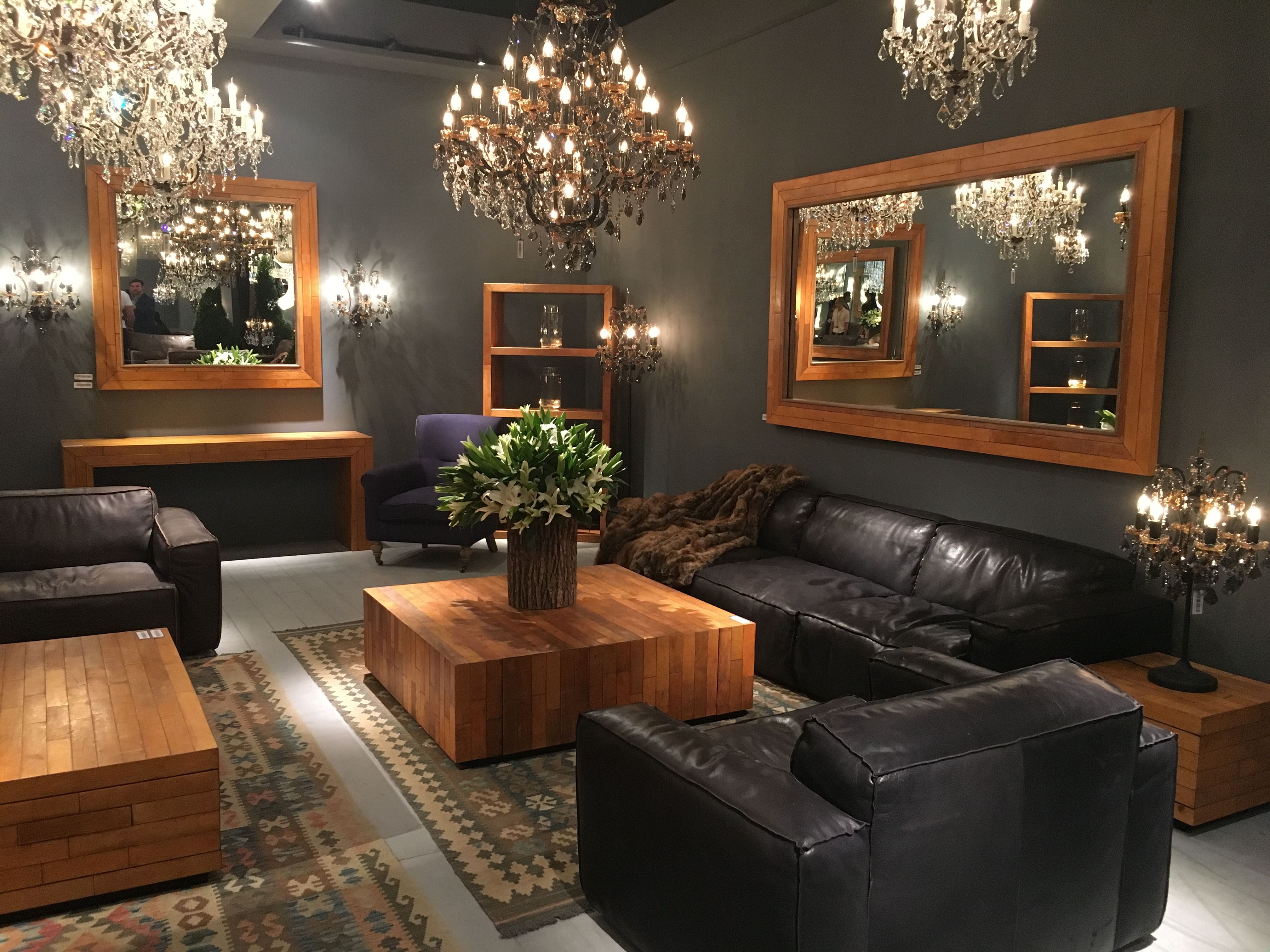
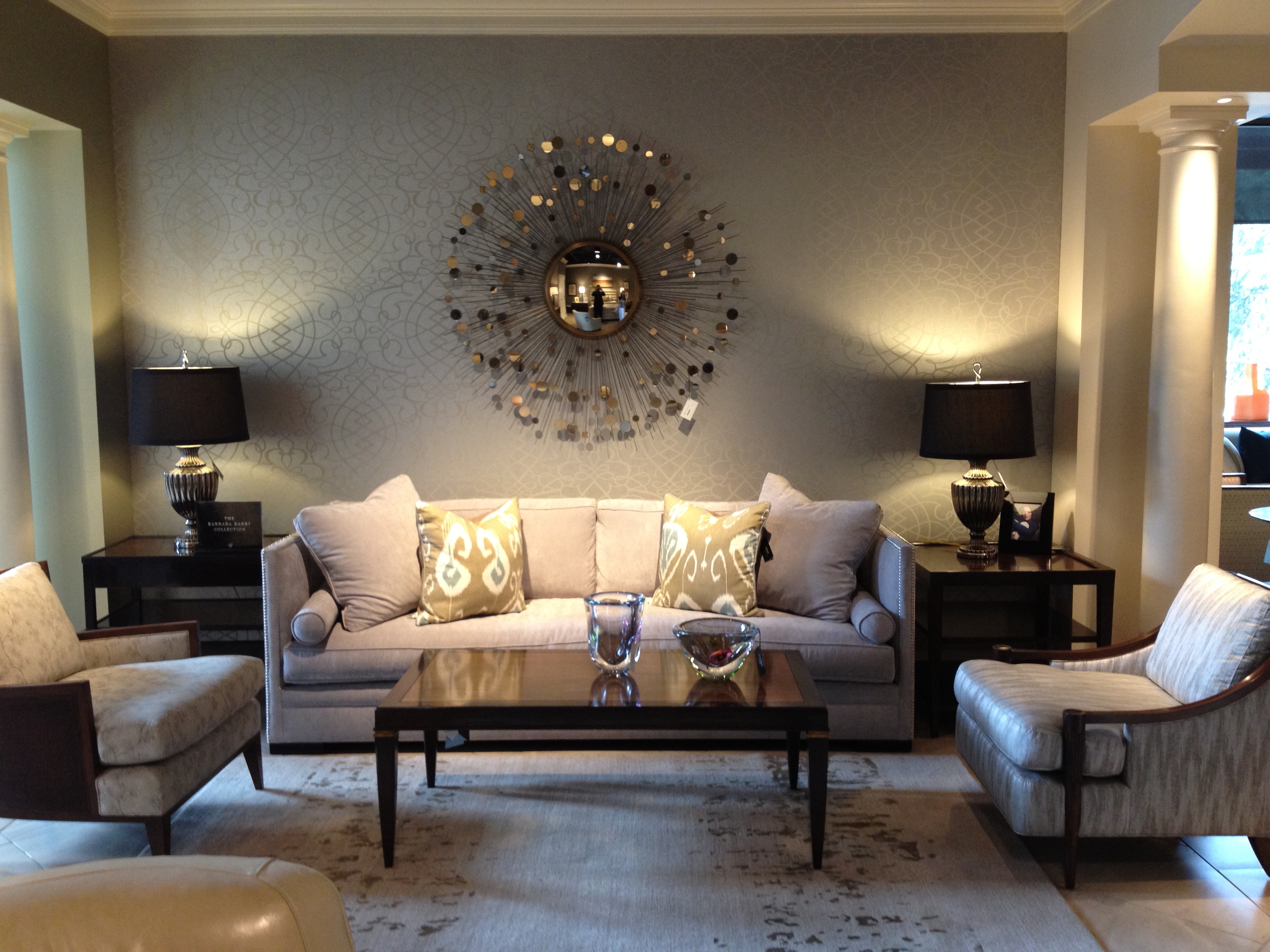
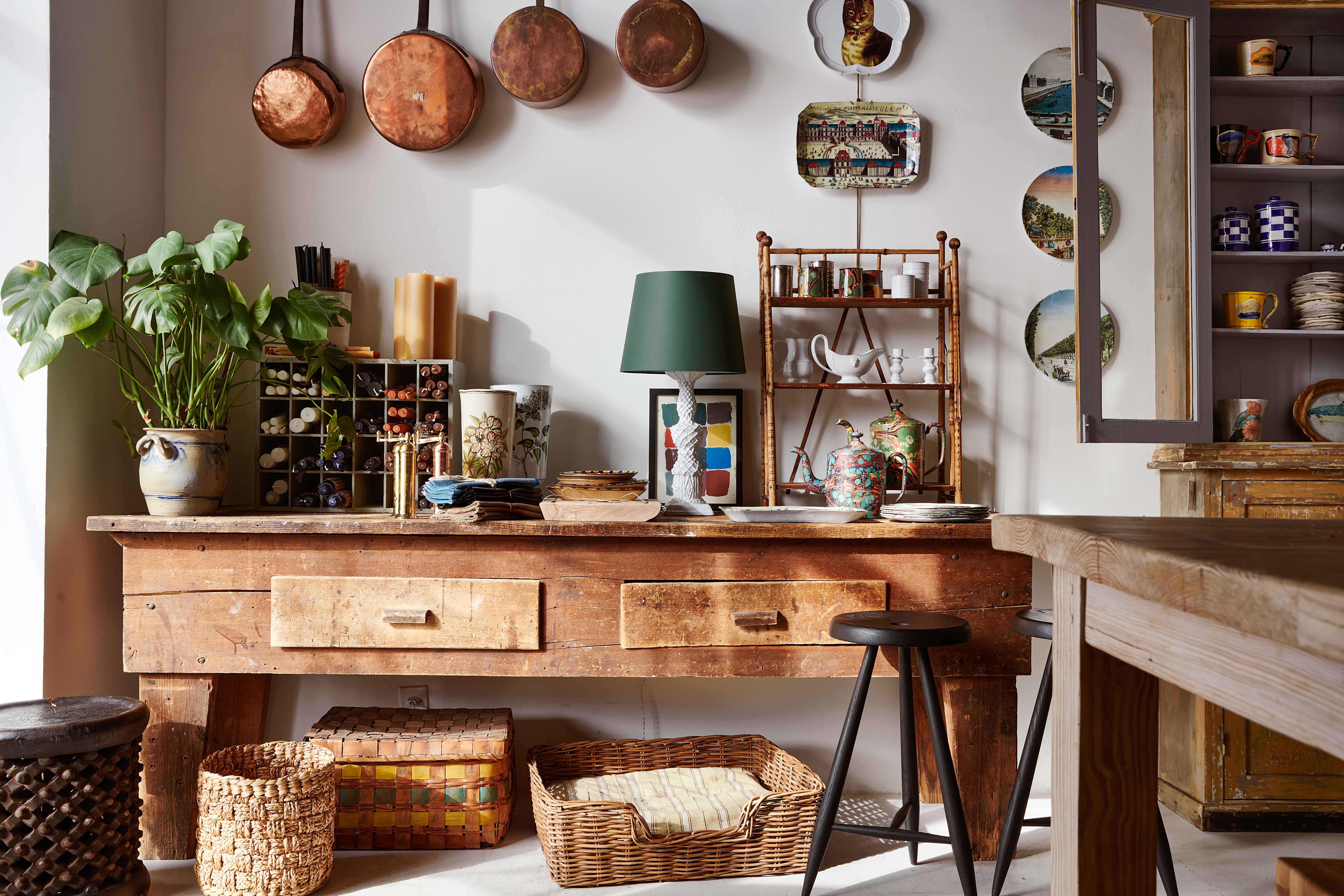


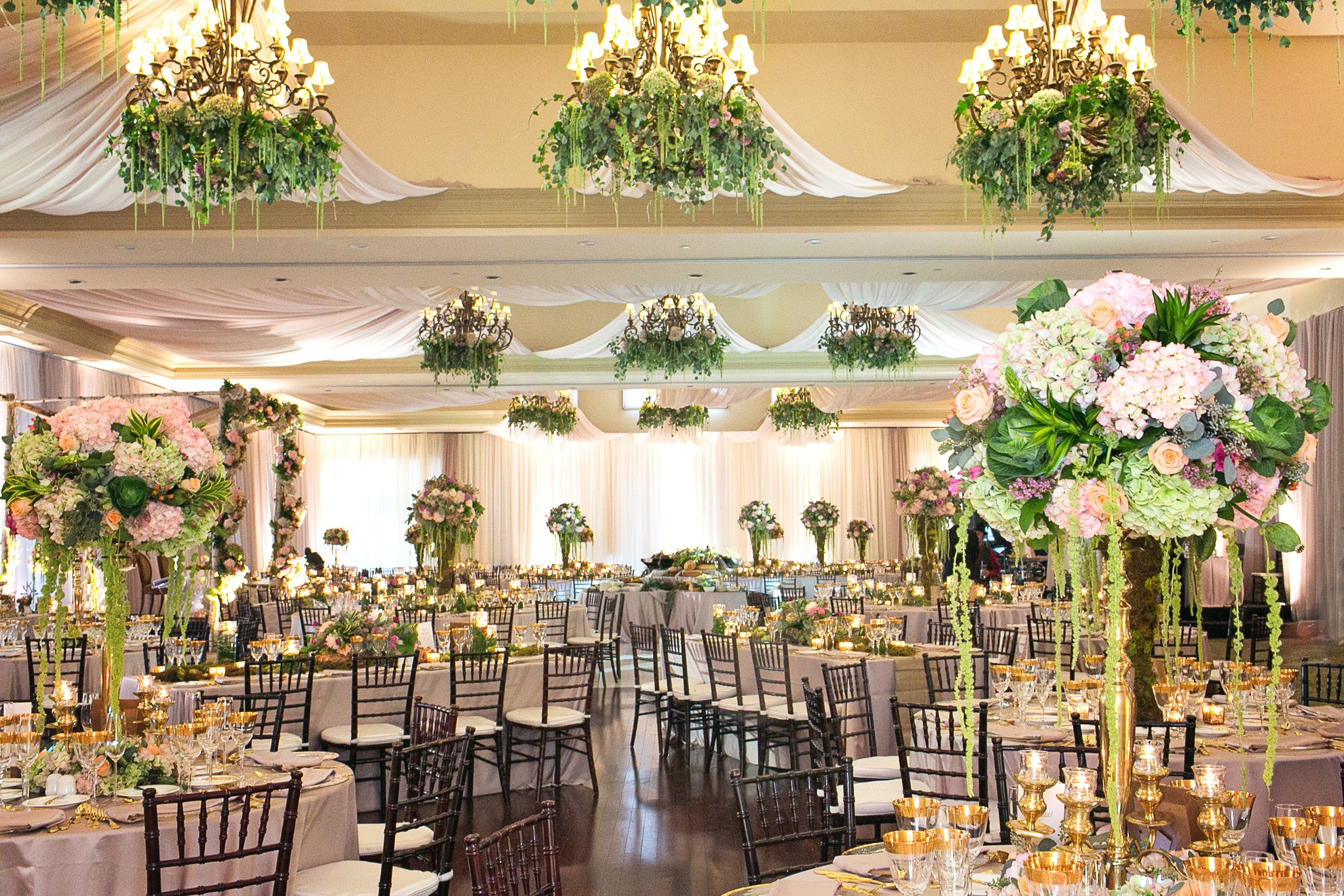
.jpg)
